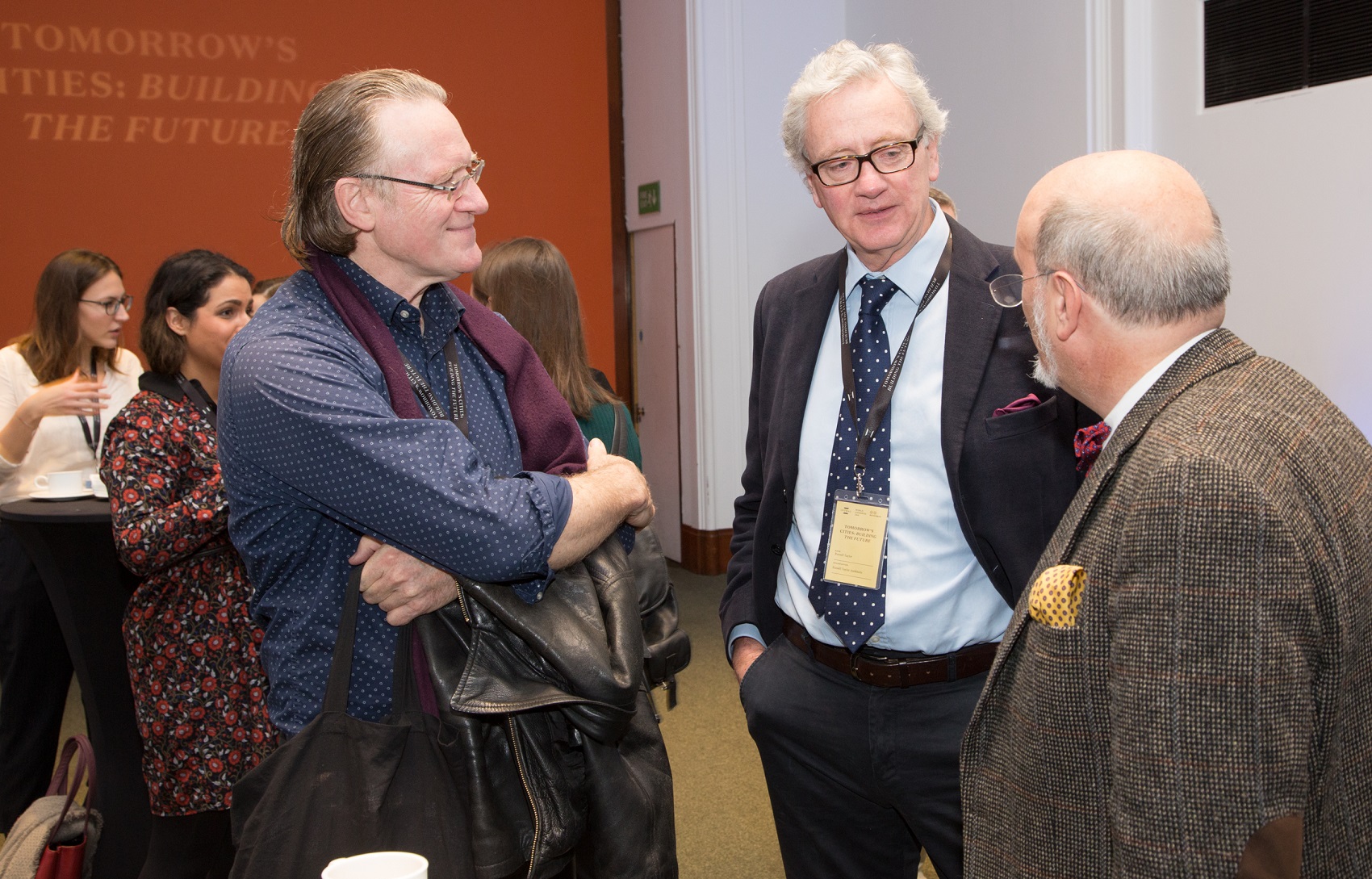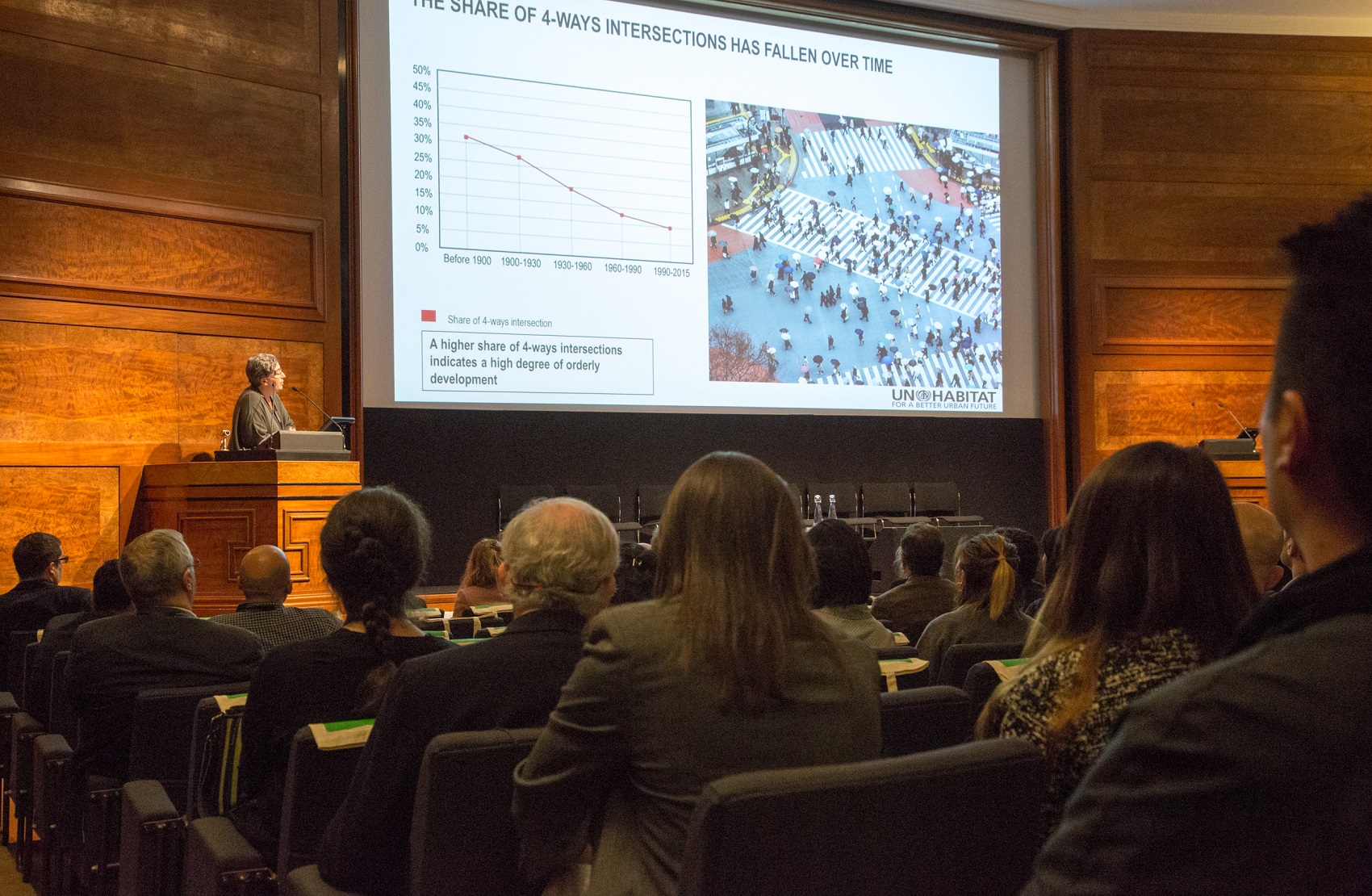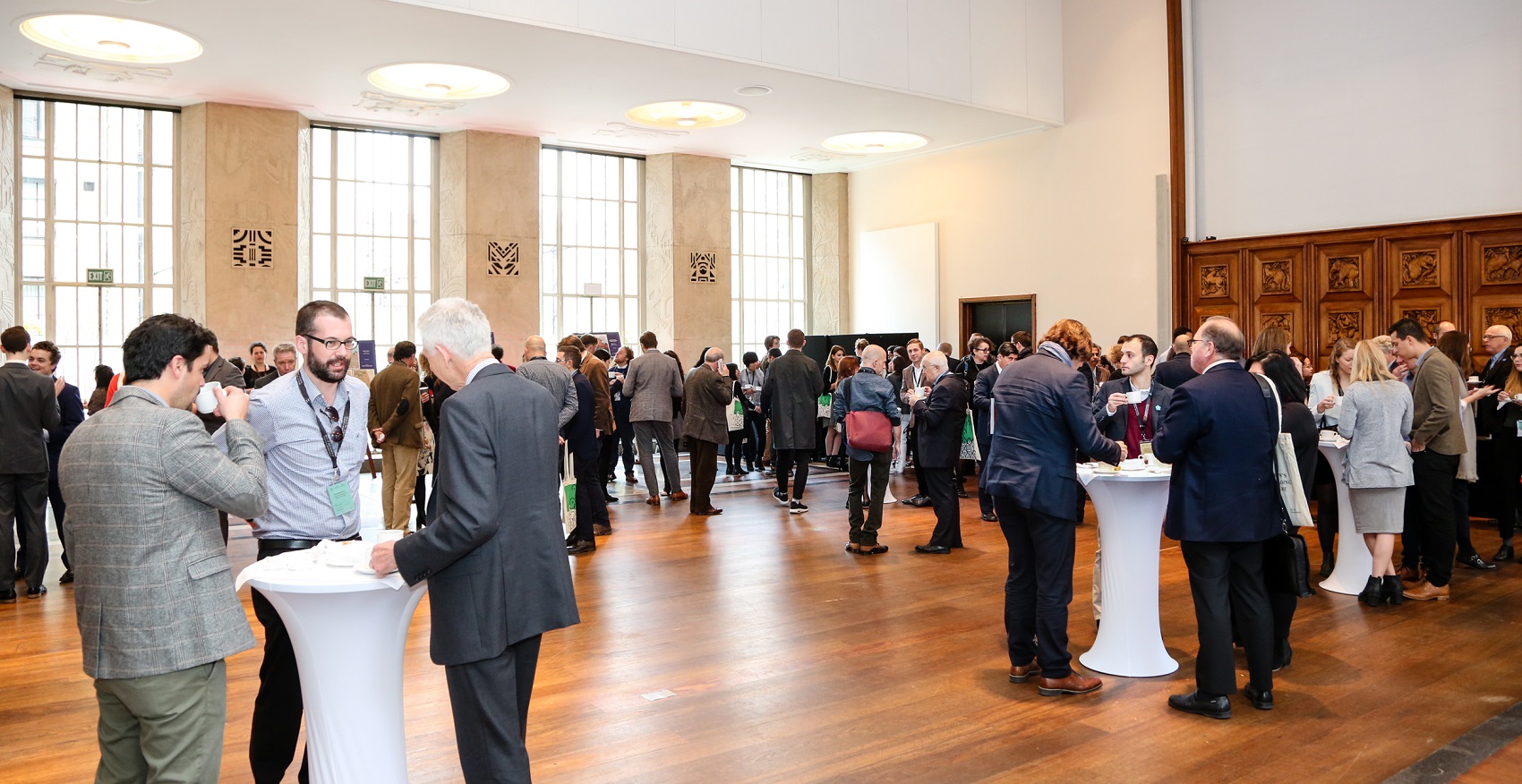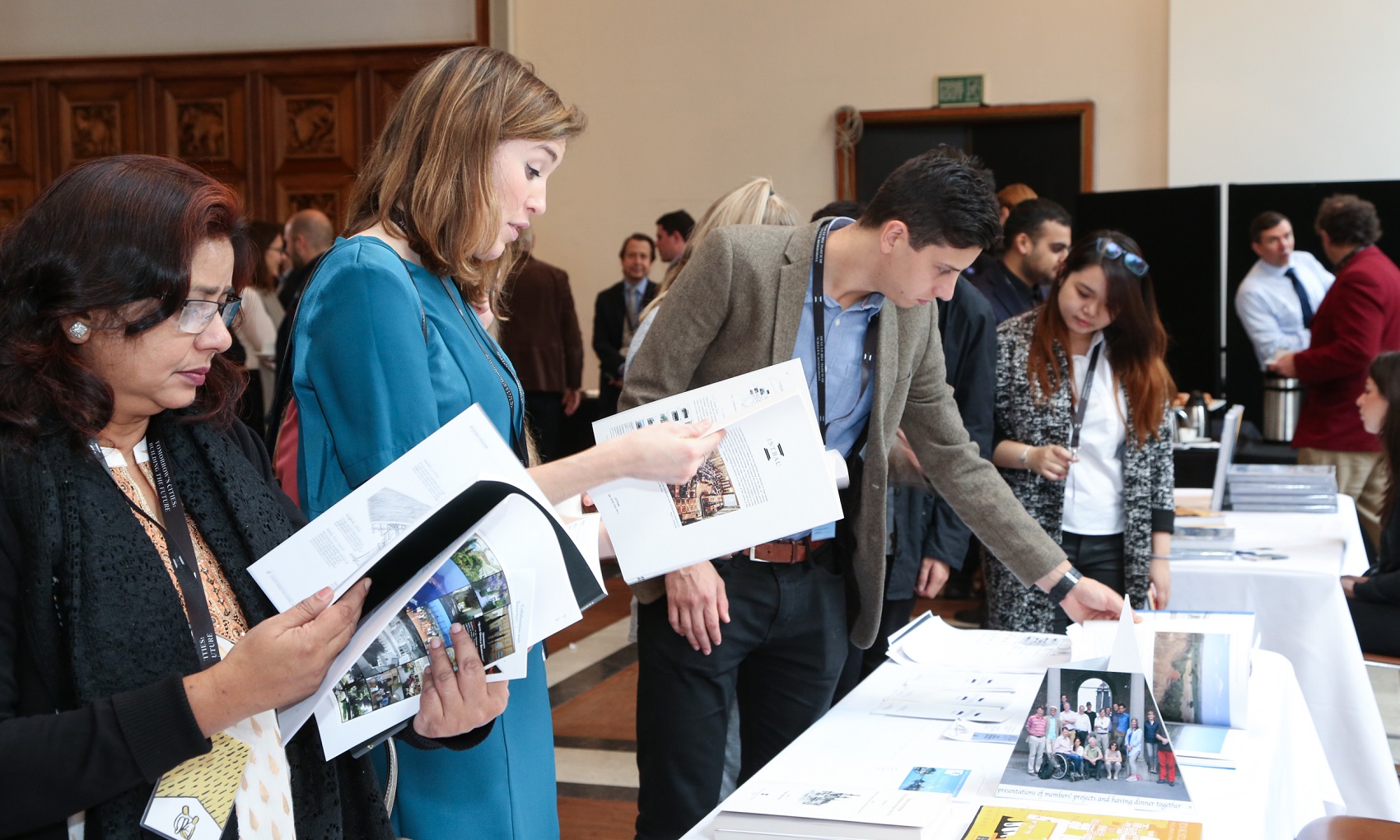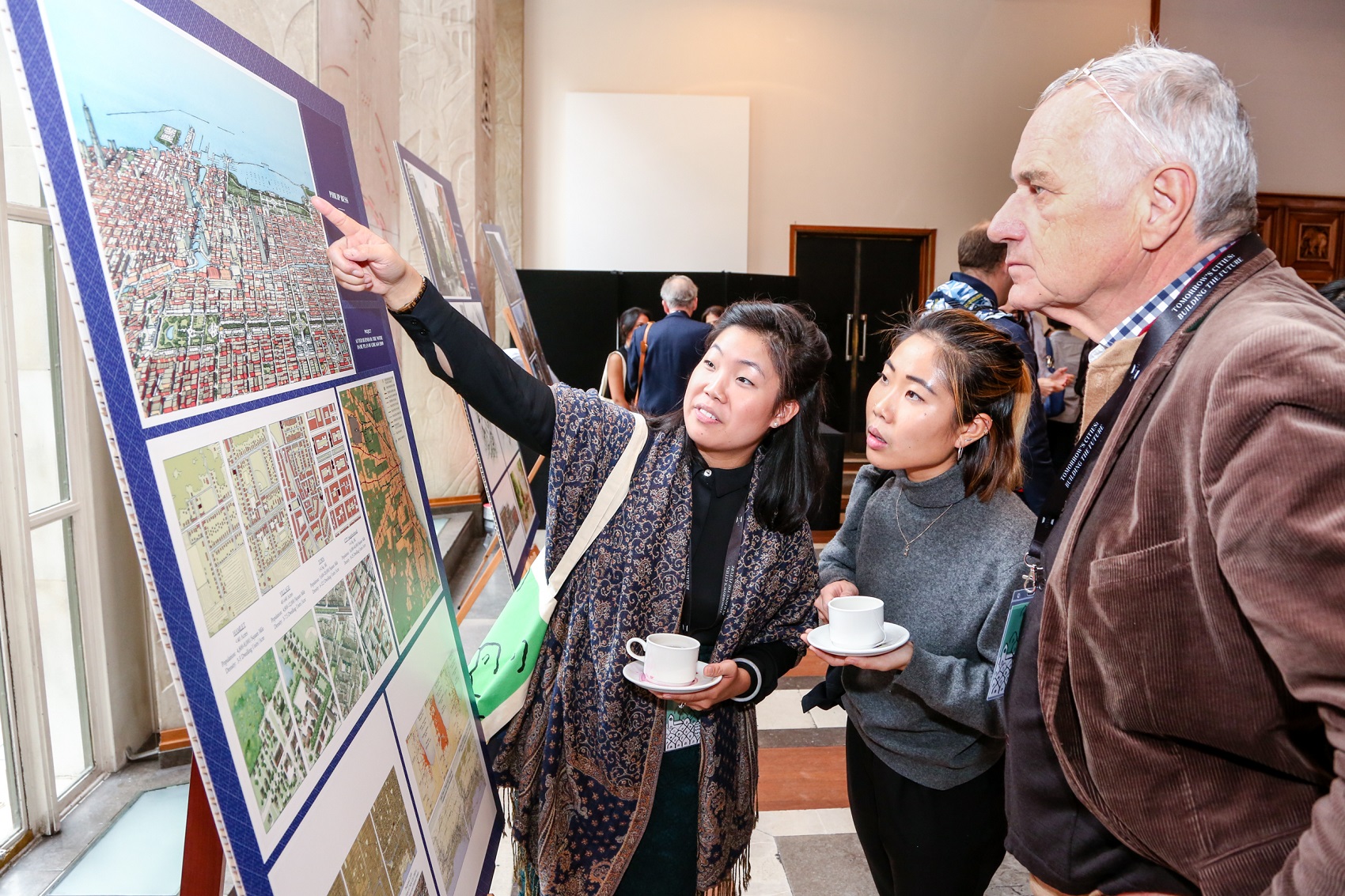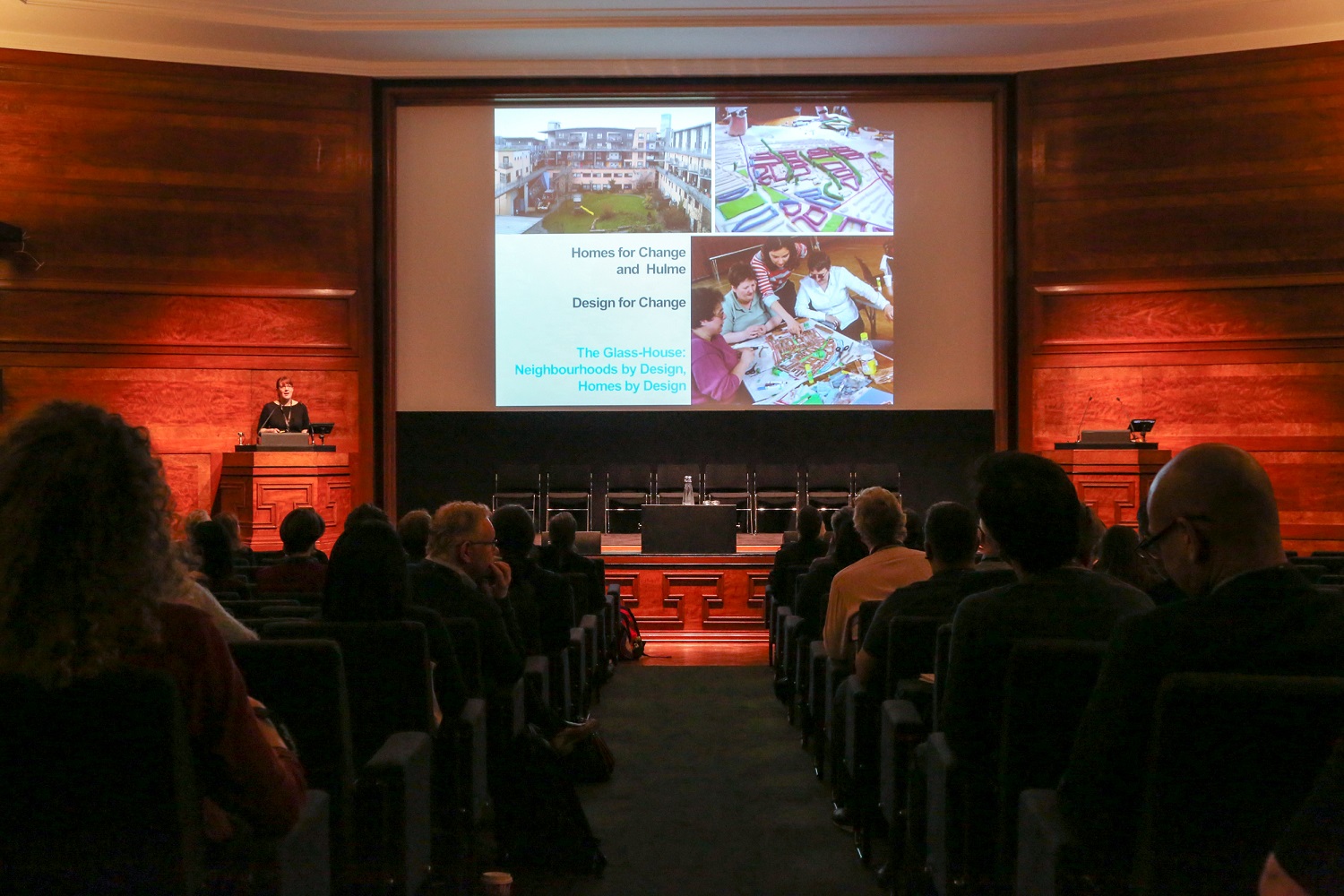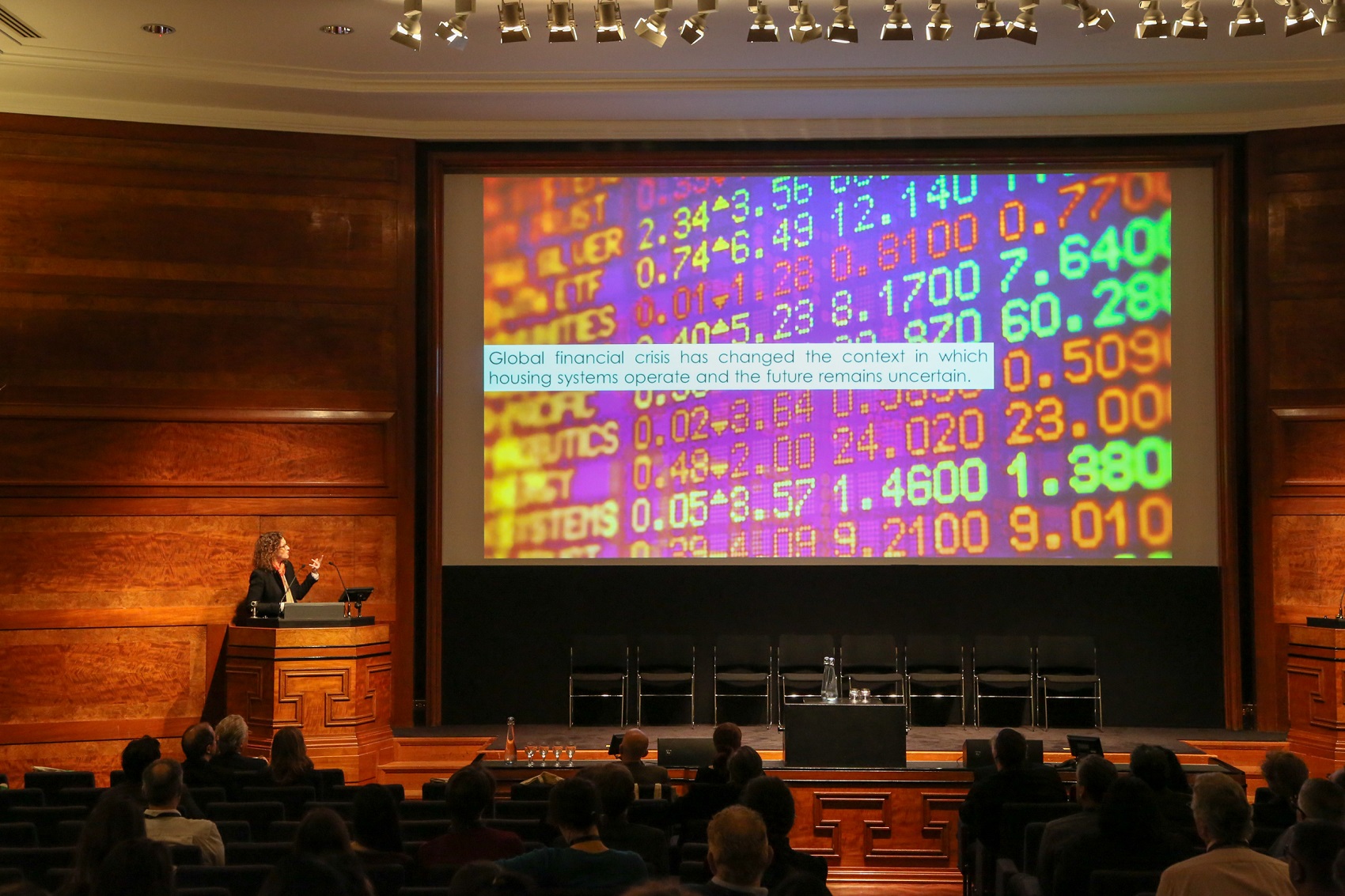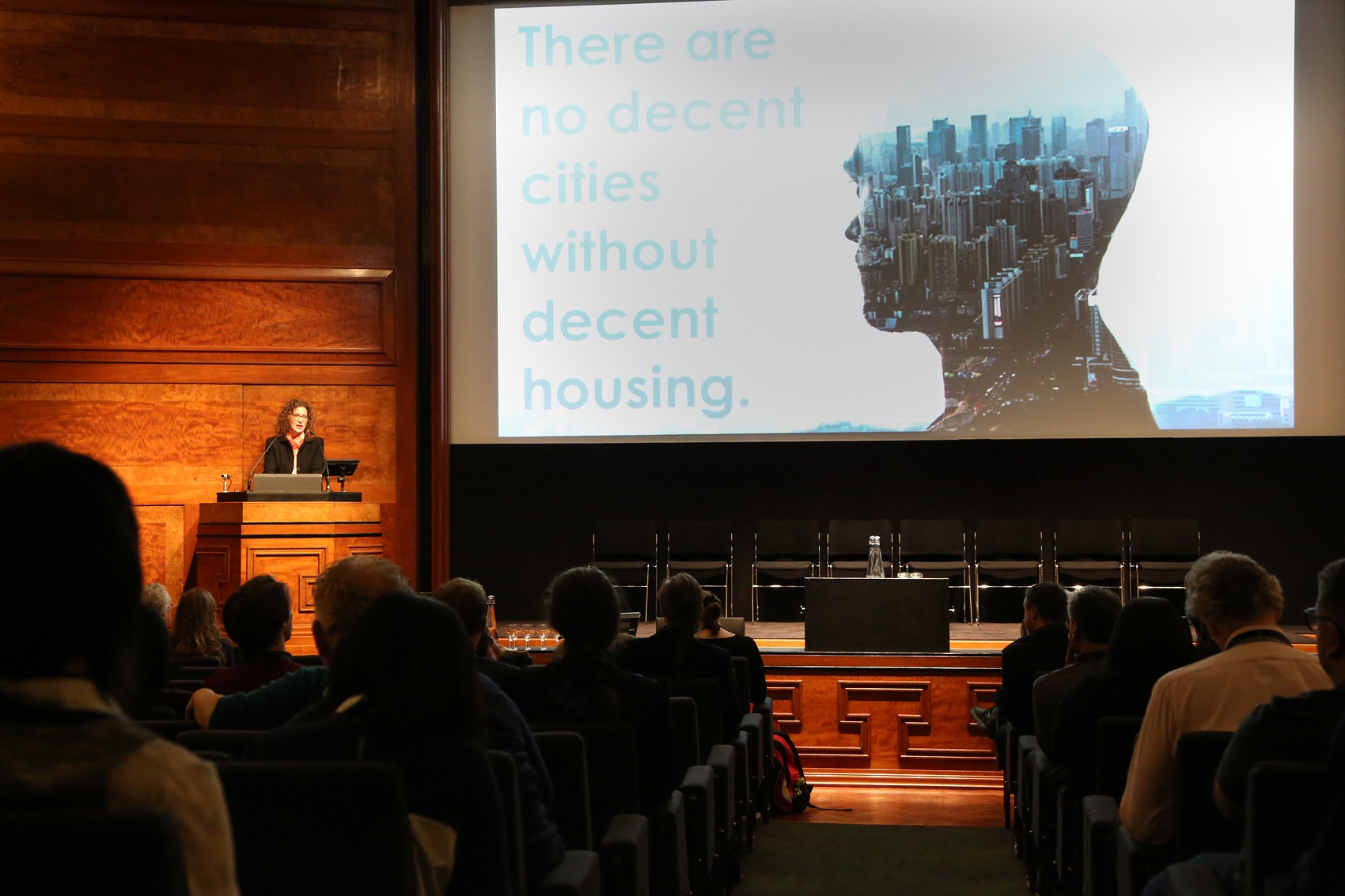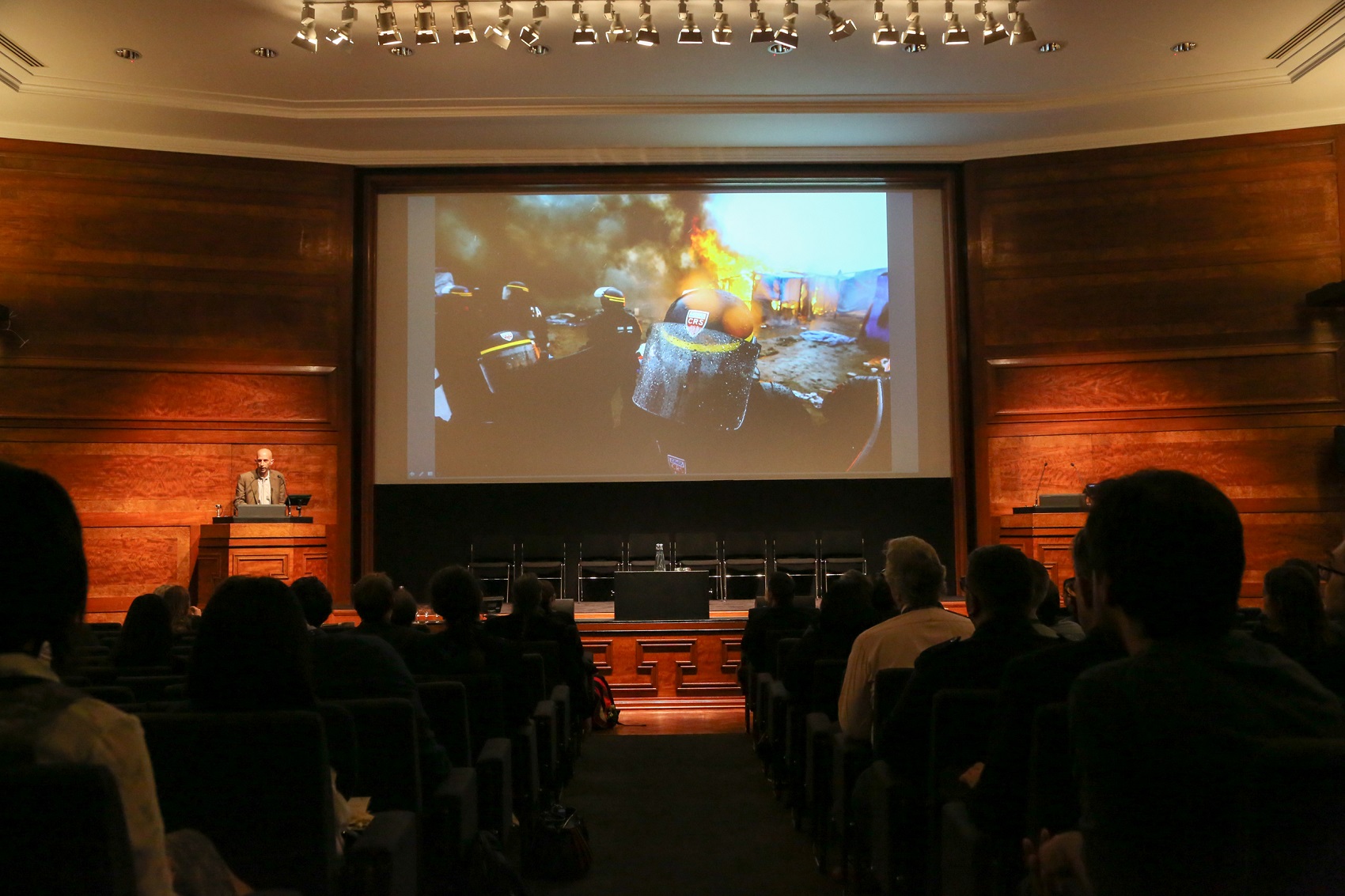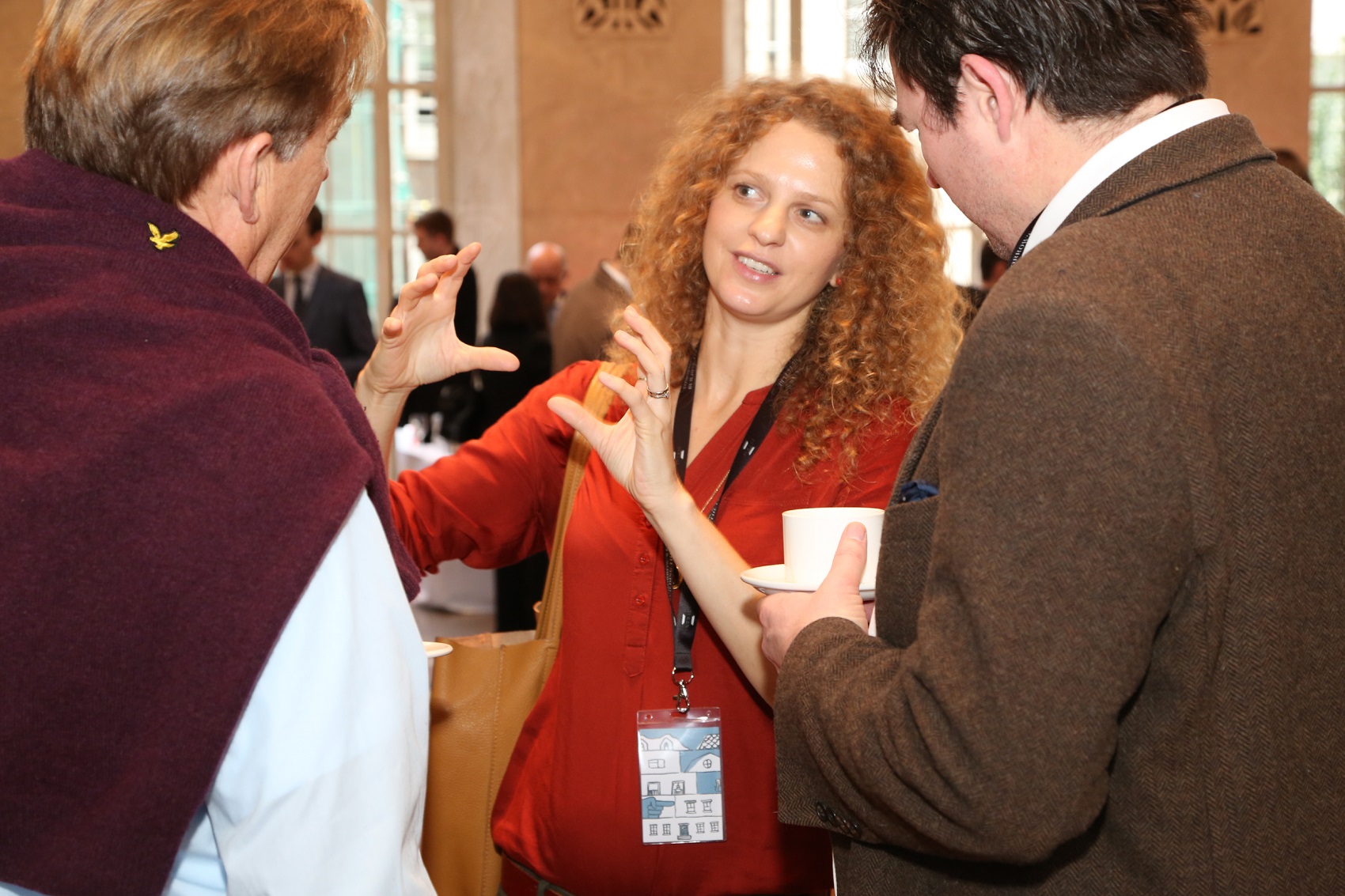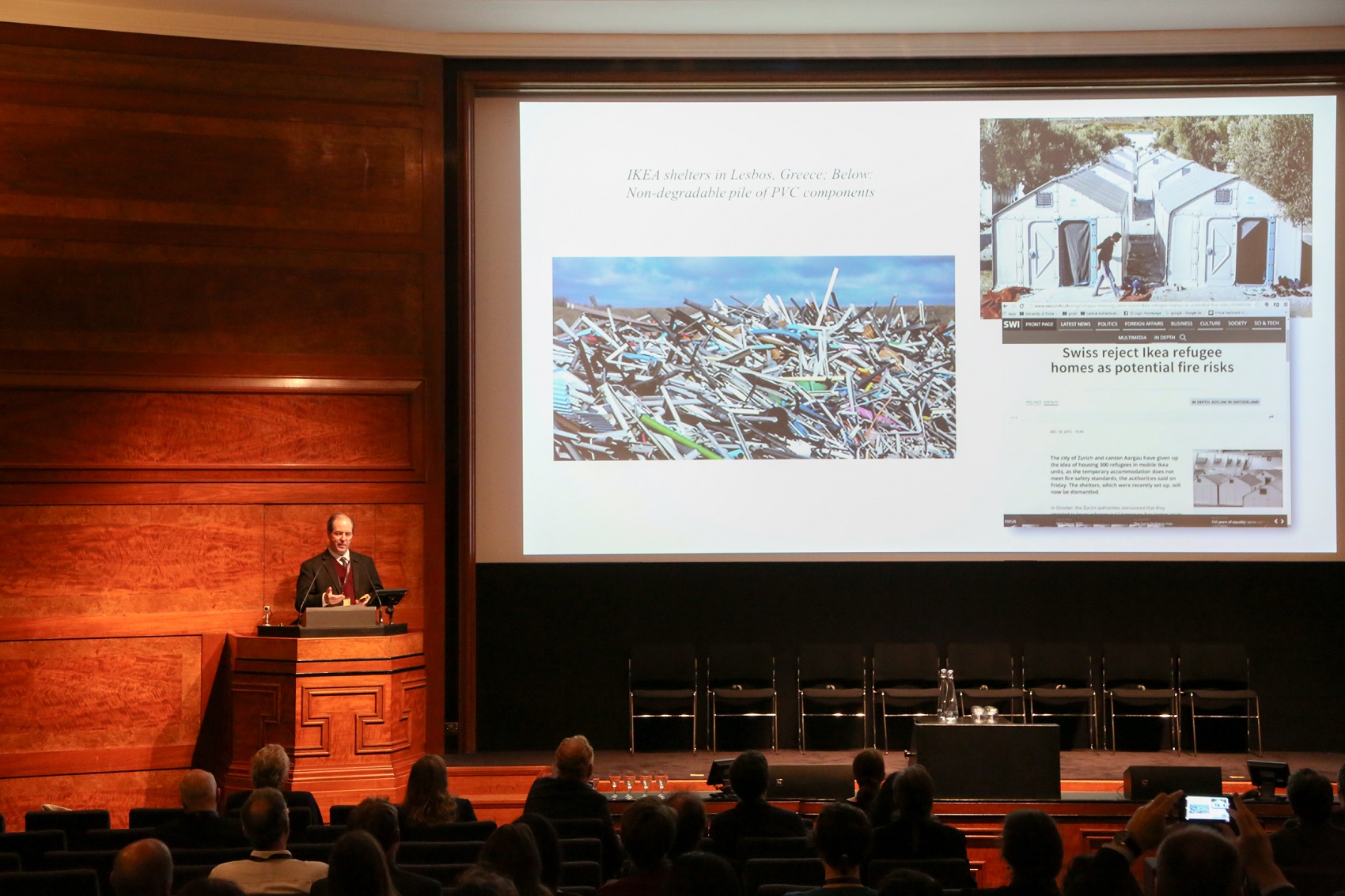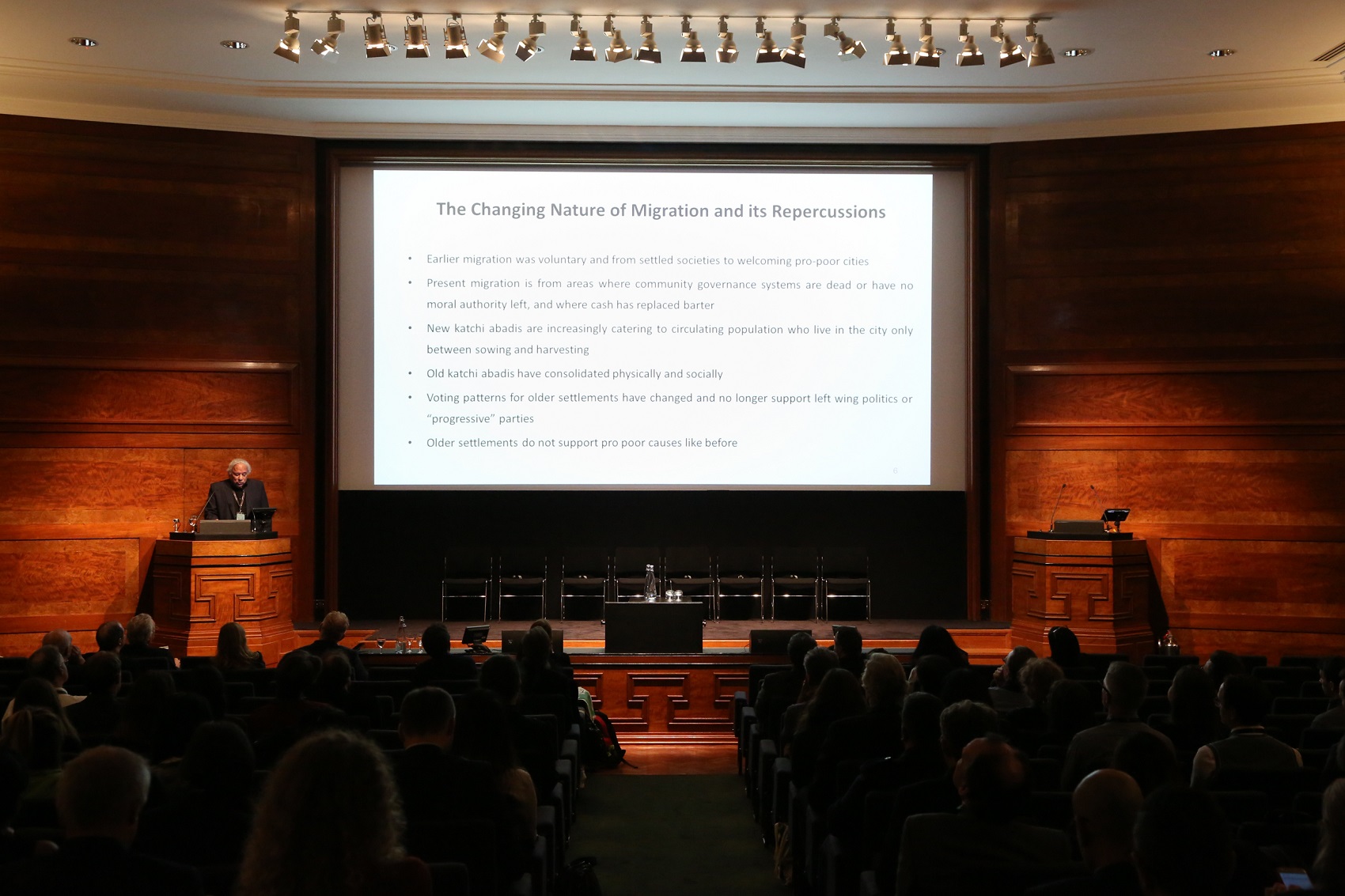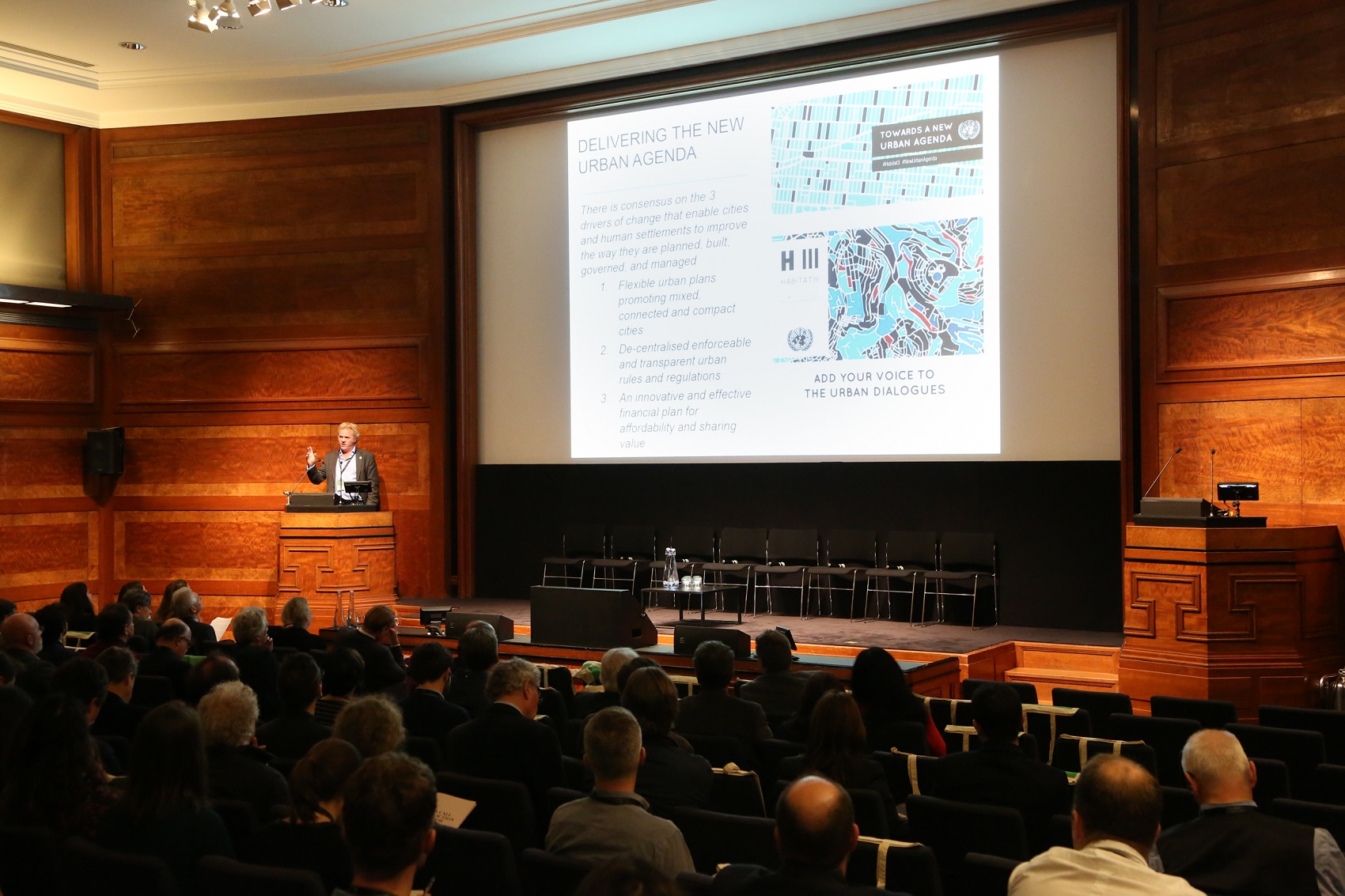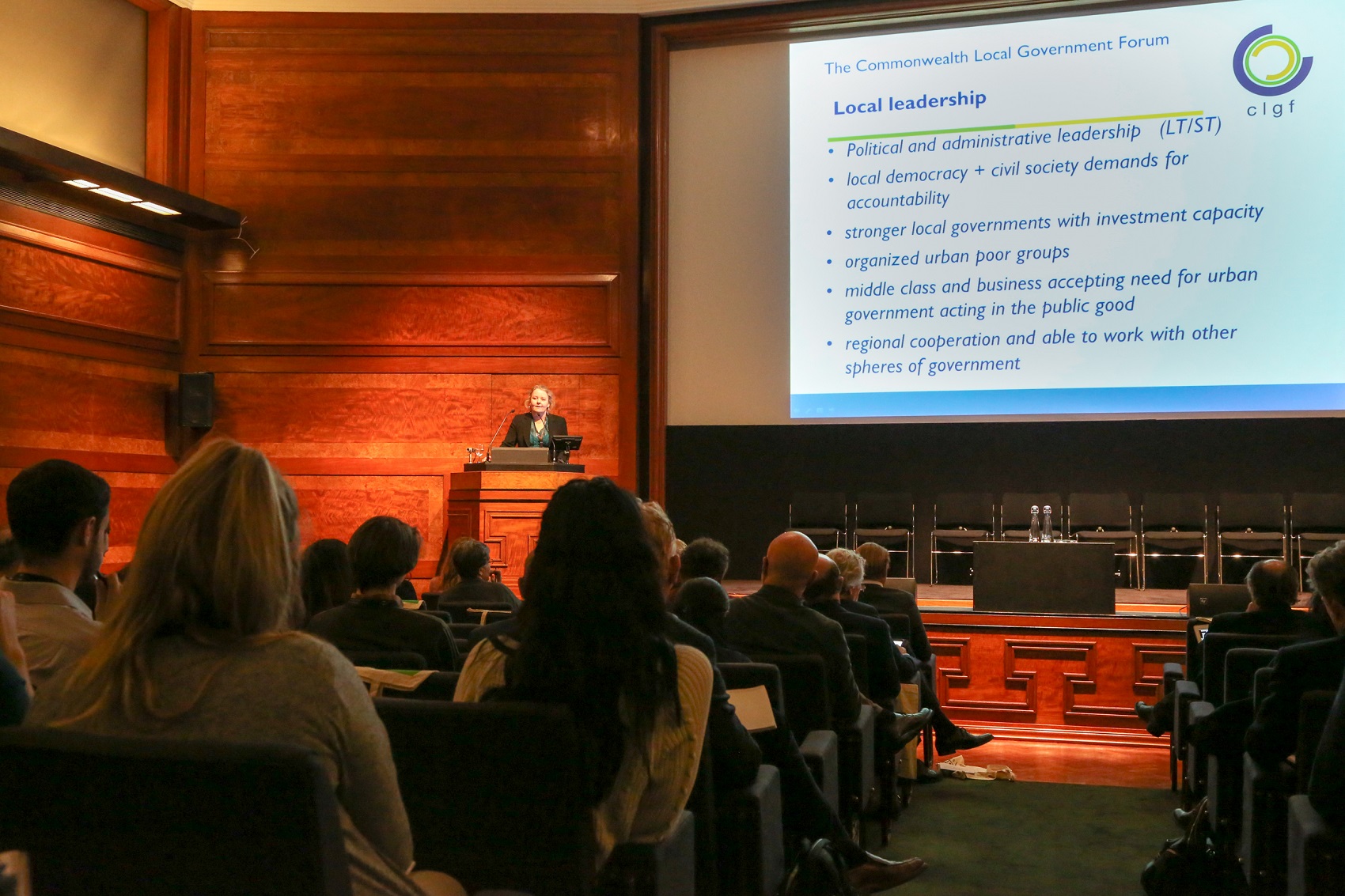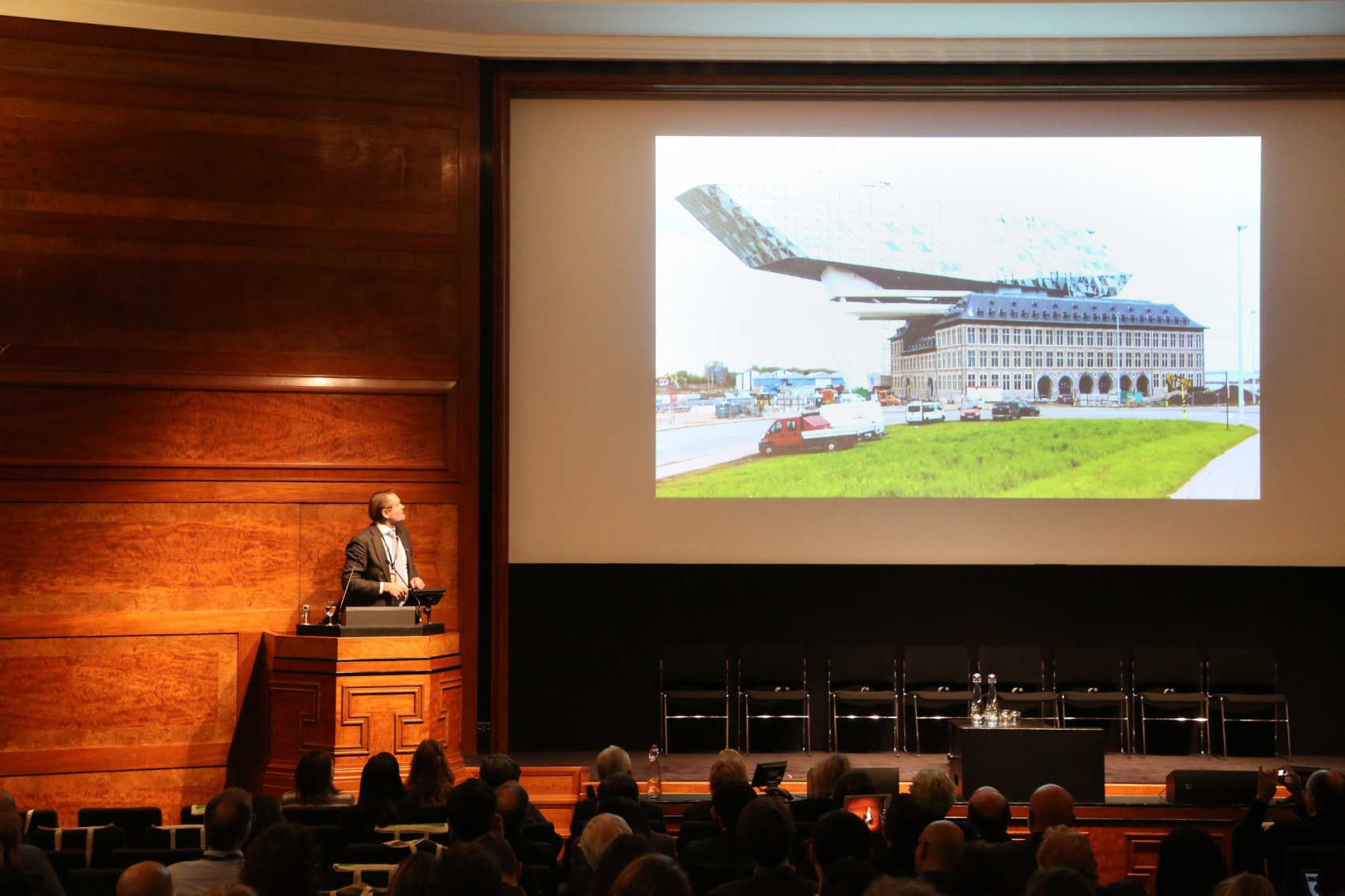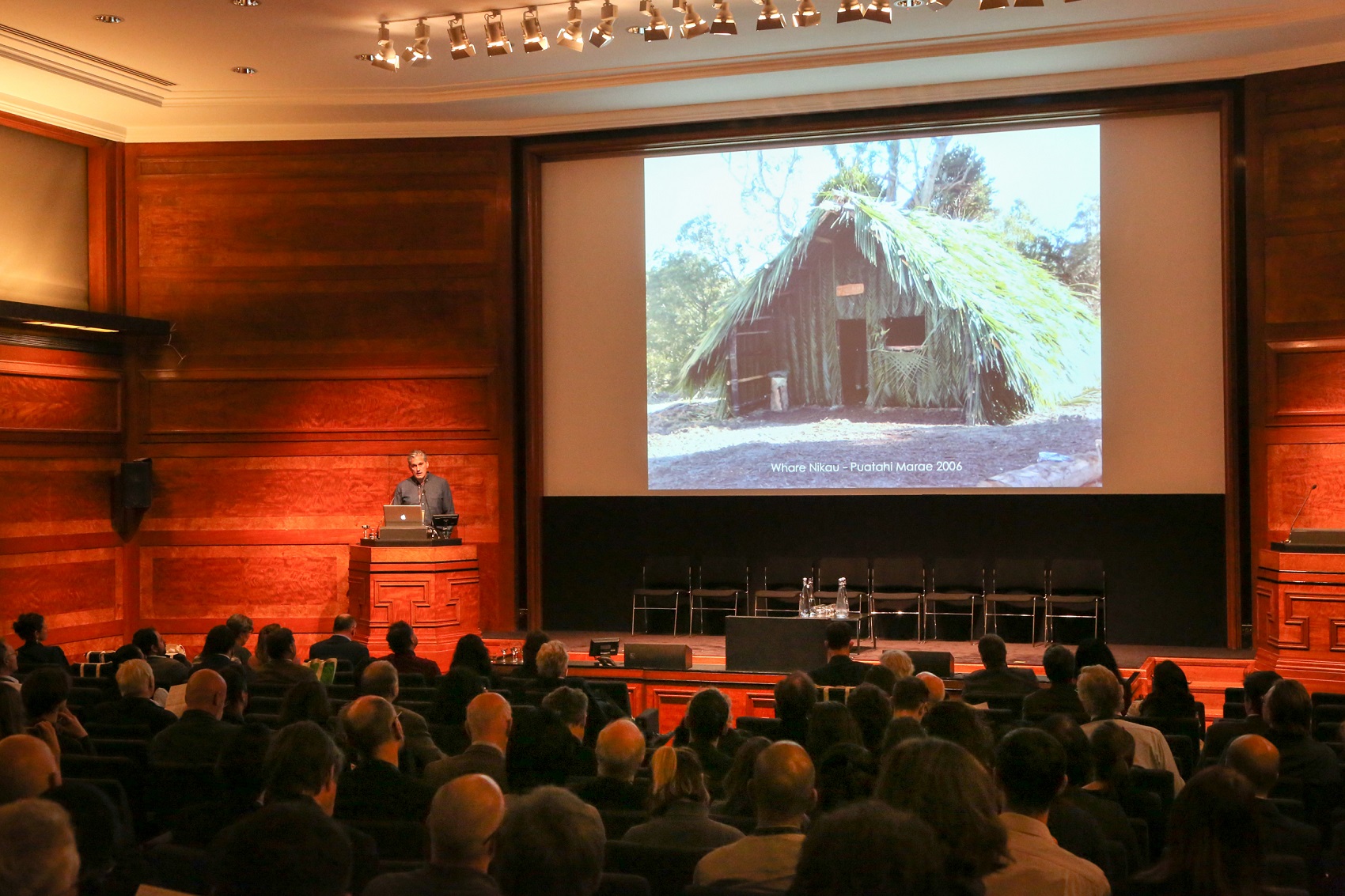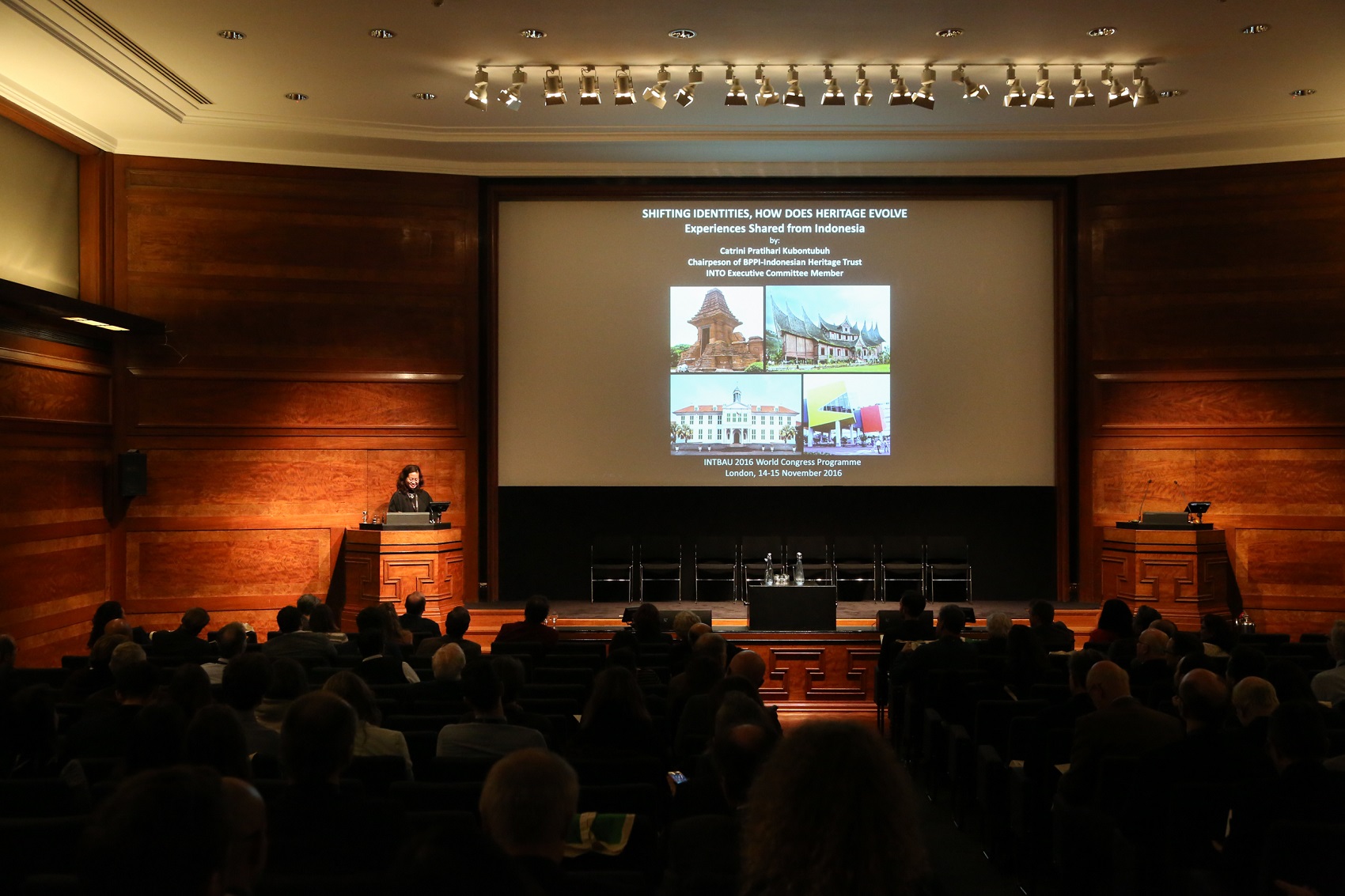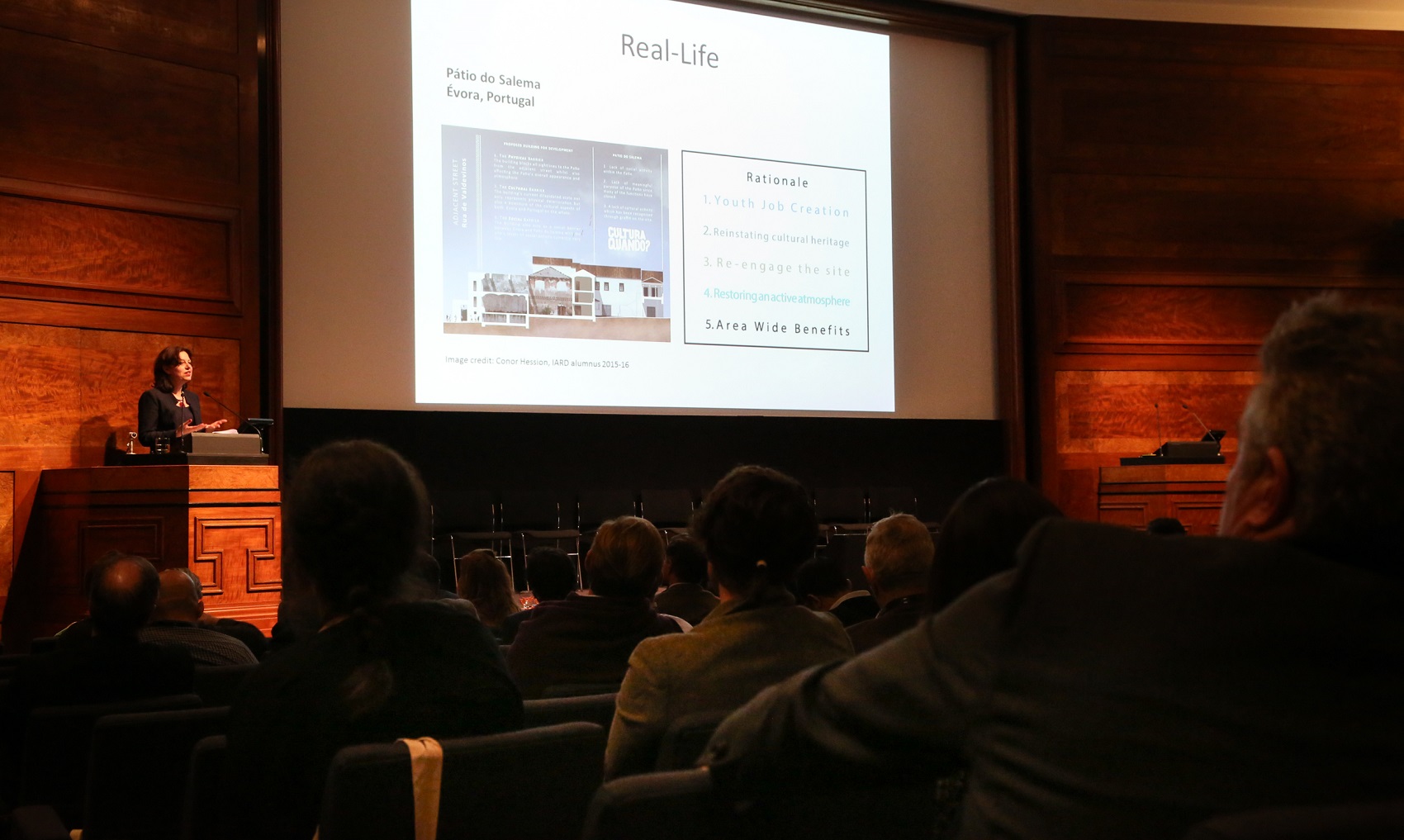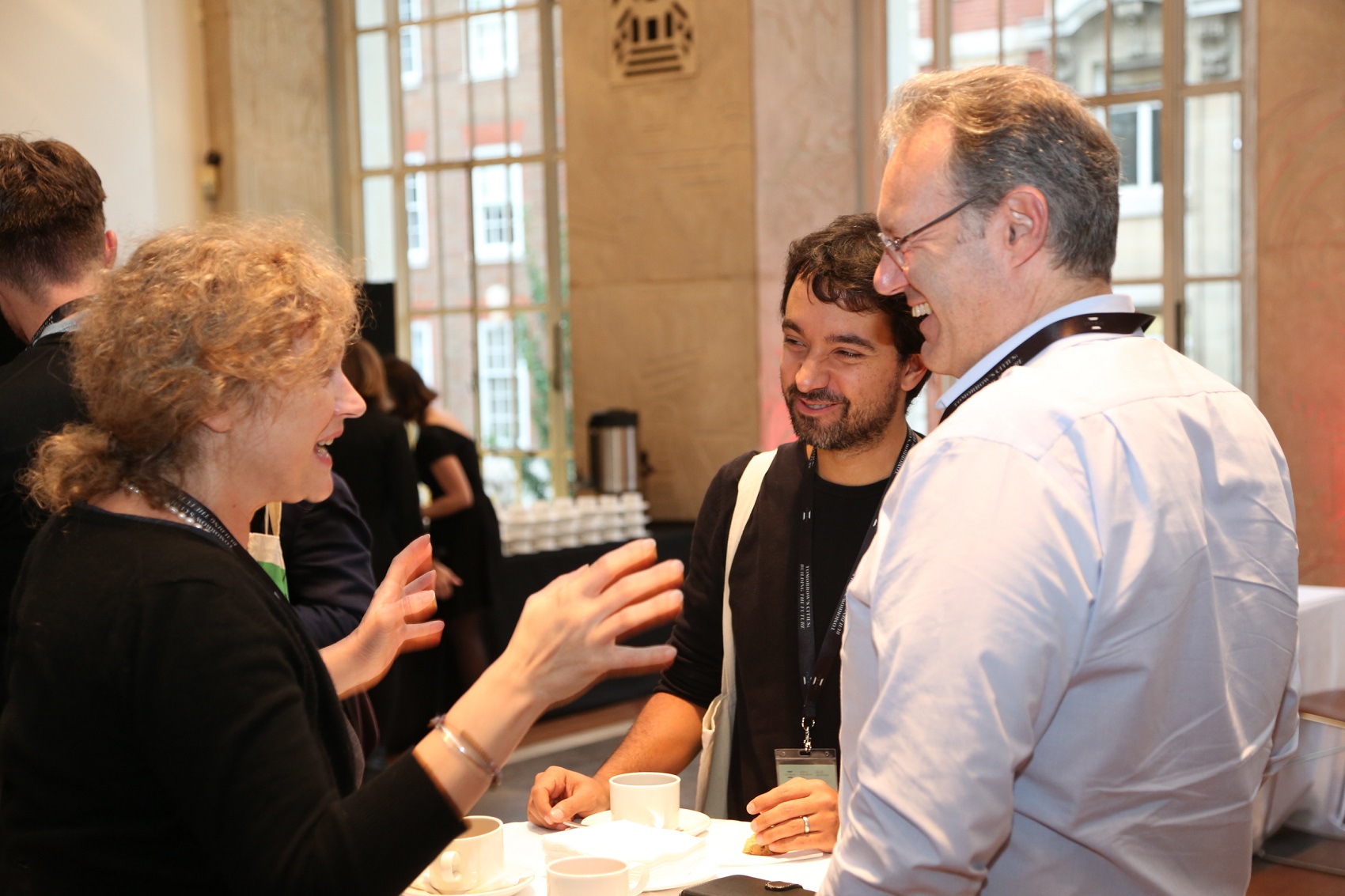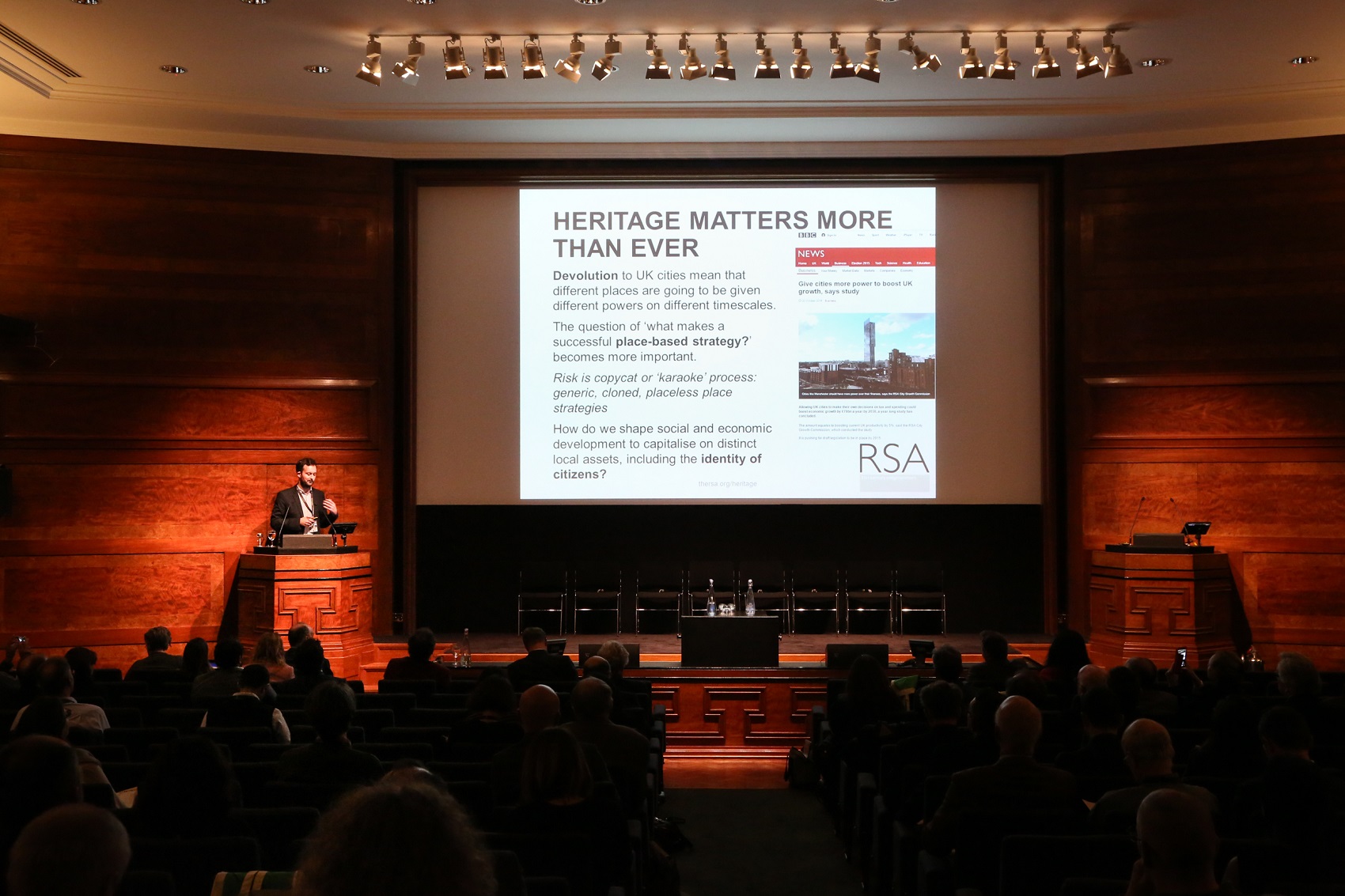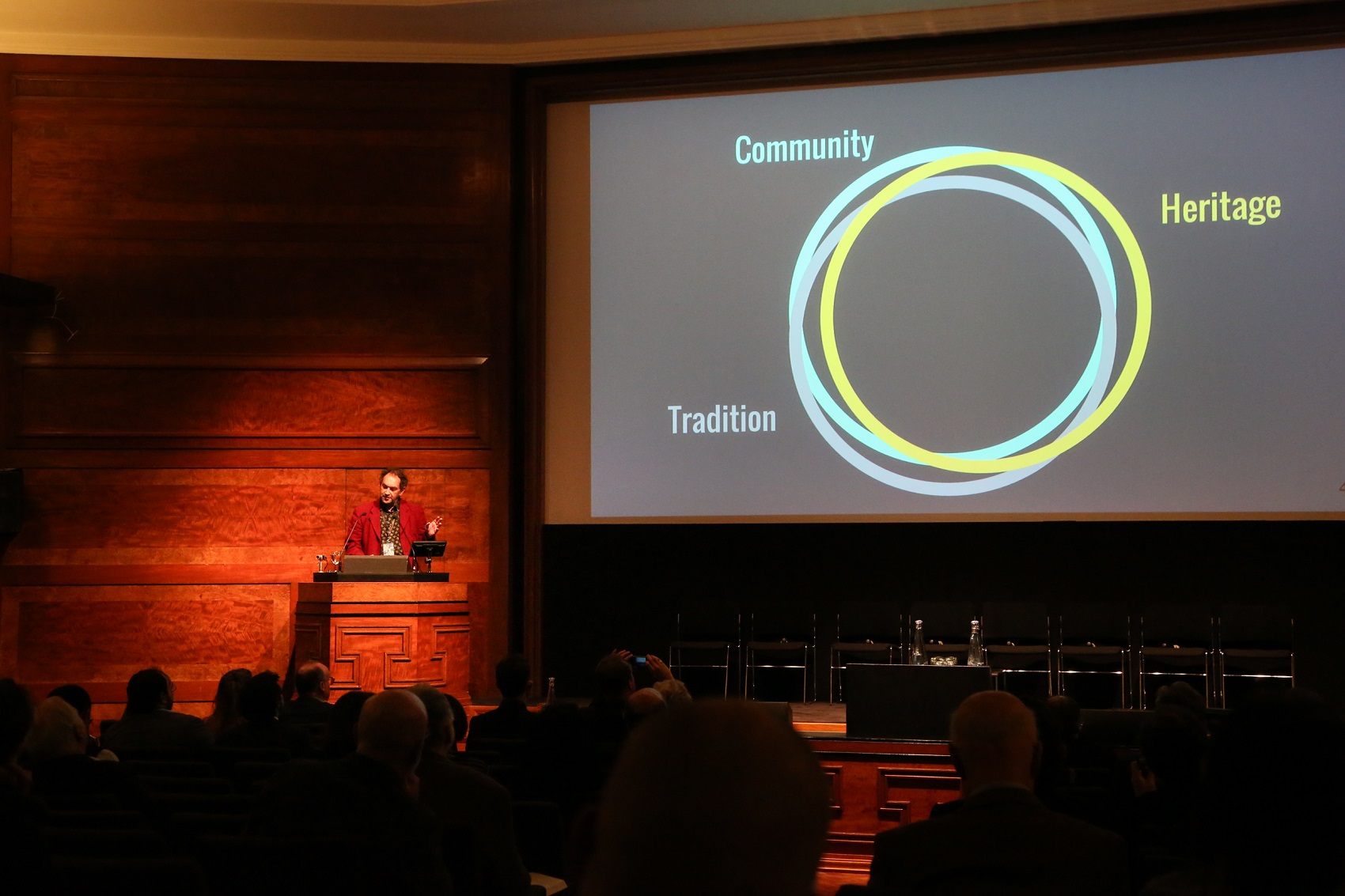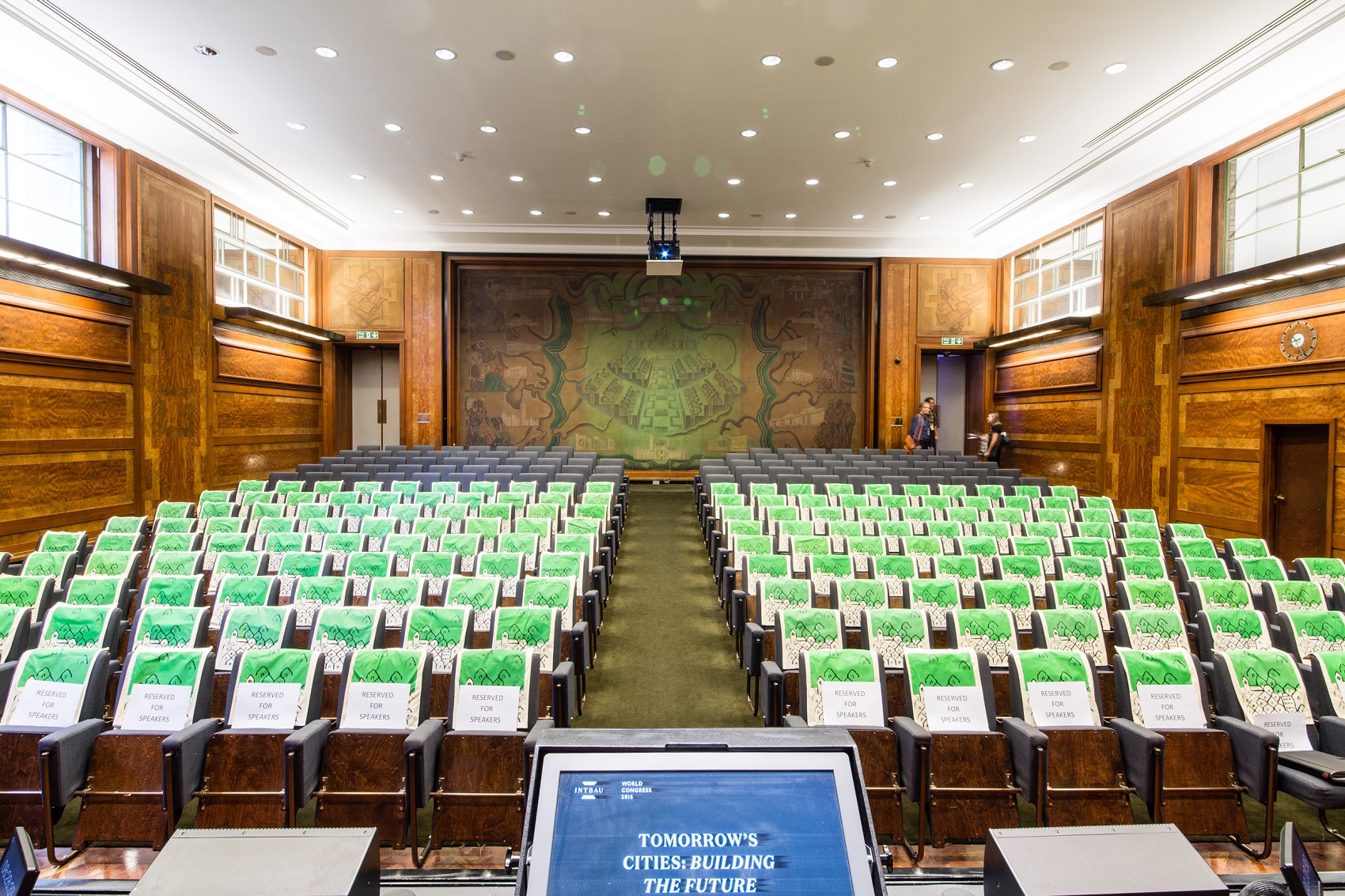The INTBAU World Congress is a biennial forum that brings together global perspectives and knowledge for discussion and debate of pressing issues facing the built environment in communities throughout the world. INTBAU’s unique international network allows it to assemble an unparalleled diversity of individuals and organisations working at every level to affect positive change for urban environments.
2016’s World Congress focused on the impact of rapid urbanisation.
DAY ONE – Monday 14 November
RAPID URBANISATION: how can our cities grow sustainably?
Call to Action: We need a collective response to rapid urbanisation that learns from time-tested built forms and local contexts.
1. Laura Petrella – UN-Habitat
In this opening talk, Laura Petrella introduced Habitat III (which took place in Quito, Ecuador in October 2016) and the role of planning and design in tackling the challenge that rapid urbanisation presents. Laura outlined urbanisation trends, consensus on the New Urban Agenda that was agreed in Quito, and tools and examples from UN-Habitat’s work.
2. Simon Ratcliffe – DFID Cities Adviser
Simon Ratcliffe spoke about the findings of the diagnostic work DFID has done in 21 cities in four countries: Ethiopia, Uganda, Ghana and Mozambique. This work has provided DFID with on-the-ground evidence that current trends often run counter to popular perceptions. The findings touch on governance, citizenship, economy, the environment and services. Local government urgently needs to be professionalised. Capacity is about 30% of what it ought to be by headcount, appropriate qualifications are in short supply and there is no capability to implement plans or deliver the services that are needed.
3. Eleri Jones – Space Syntax
Now working with Space Syntax, Eleri Jones was previously with the UK Government Office for Science where she led the Foresight Future of Cities project. The Foresight project was launched in June 2013 and over the next three years made a distinctive contribution to the UK cities agenda by taking a longer term view of the future of cities out to 2065. The project combined traditional evidence gathering with expert insights from city officials, practitioners and decision makers and supported several cities in running their own Foresight projects to understand the future of their place. Almost one year on from the formal conclusion of the Foresight project, Eleri reflected on the impact it has had in cities across the UK.
4. Leo Hollis – Writer, historian, urbanist
In a rapidly urbanising world, the most pressing questions we face is ‘who is the city for?’ In his talk urbanist Leo Hollis looked at the challenges that we will face from increased population and a changing demography, the benefits and threats of technology, how to face the devastations of climate change. He proposed that we must also consider the social consequences of the way our cities are currently being planned, and offered ways to think of how to place a social urbanism – based on trust, equality, and sustainability – at the heart of city-making.
5. Ben Bolgar – Prince’s Foundation for Building Community
Ben Bolgar presented the Prince’s Foundation’s efforts in association with Commonwealth partners to respond to Sustainable Development Goal 11 and the New Urban Agenda. Work has begun on the development of a Rapid Response Toolkit, focusing on urban extensions to secondary cities. The toolkit will be designed for mayors, planners, engineers, and architects and will be available for free online. Content will be based on core universal principles, with flexibility to allow for local variance. A tested and refined toolkit will be online to coincide with the Commonwealth Heads of Government meeting in 2018.
6. Lucy Slack – Commonwealth Local Government Forum
Lucy Slack introduced delegates to the work of the Commonwealth Local Government Forum, and its efforts to support local responses to the New Urban Agenda that was agreed at Habitat III in Quito. As Deputy Secretary General, Lucy has responsibility for policy and for the development and management of CLGF’s capacity building projects across the Commonwealth.
7. Sir Graham Wynne – International Sustainability Unit
Sir Graham Wynne’s talk focused on the importance of implementing a more integrated approach to urban and rural development in order to ensure the sustainability of both cities and the rural economies and environments on which they ultimately depend. The economic, social and environmental linkages across the urban-rural continuum need to be better understood and factored into development frameworks to help facilitate the long term stewardship of resources and more equitable development. Reference was made to governance structures that could enable this more integrated approach.
8. Peter Elmlund – Future of Places, Ax:son Johnson Foundation
Peter Elmlund outlined the work of Future of Places, a public space-focused initiative linked to the UN’s New Urban Agenda. With an emphasis on the importance of the high street, Peter stated the need for a shift of focus from ‘objects’ to ‘places’ in the creation of urban public space, suggesting that political involvement and action is required to prevent the further decreasing of good quality public space, and to increase attention to sustainability and density.
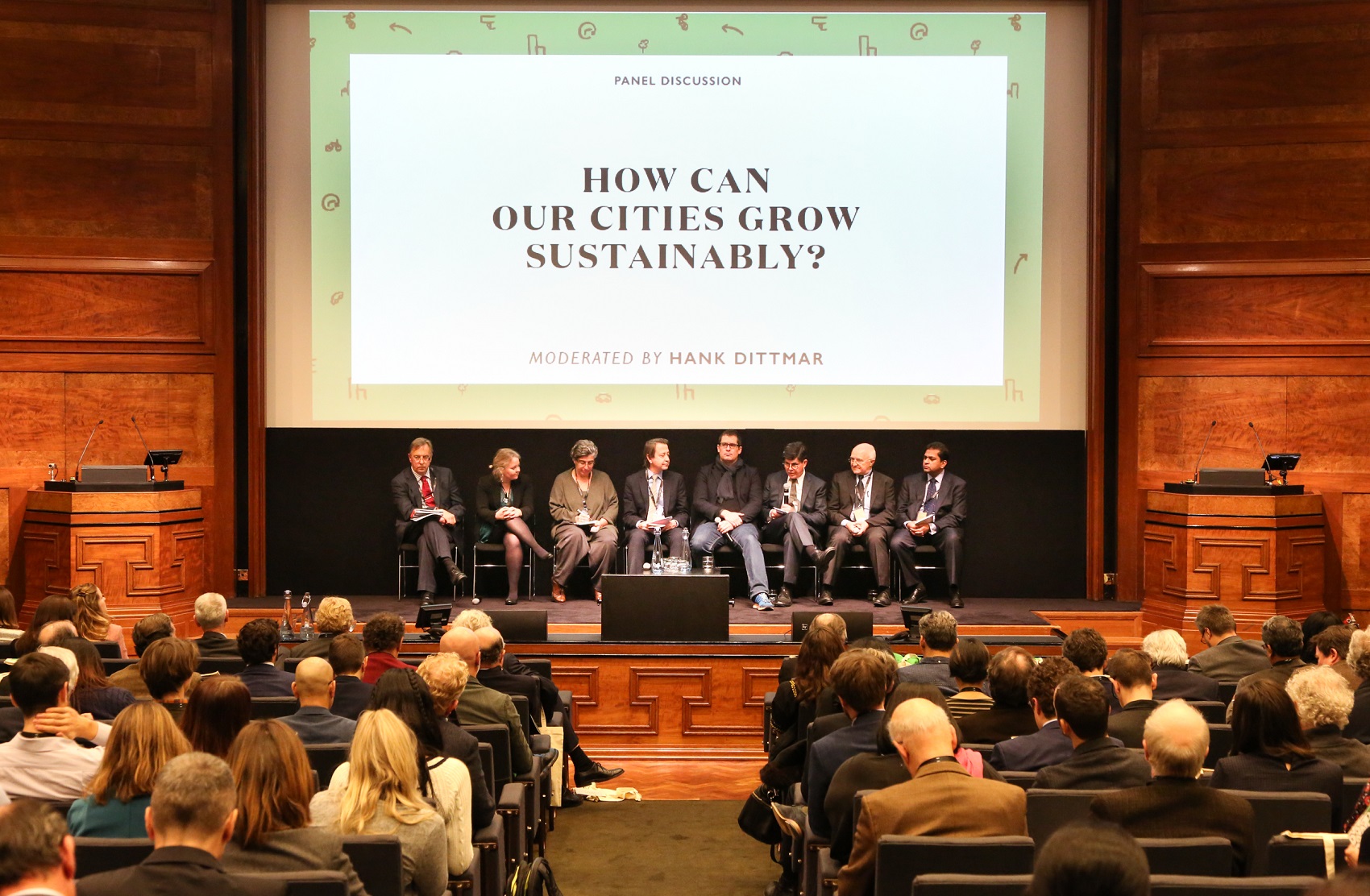
Hank Dittmar chaired a panel discussion to conclude the session, which also featured Peter Poulet (Government Architect for NSW, Australia), Clive Harridge (Commonwealth Association of Planners), and Shanker Singham (Legatum Institute).
SHIFTING IDENTITIES: how does heritage evolve?
Call to Action: Our cities must promote space for their heritage, which can in turn act as an anchor for the formation of new communities.
1. Rau Hoskins – Design Tribe Architects, INTBAU New Zealand
With the rapid Post WWII Māori urbanisation many ancestral Marae (Māori cultural centres) were abandoned and left to a few remaining families to uphold both the cultural traditions and upkeep the physical facilities. Te Pōti Marae on the right bank of the Whanganui River (New Zealand’s longest navigable waterway) suffered a similar demise being completely abandoned until in 2014, descendants of the Marae, Te Hononga at the Unitec Department of Architecture and Heritage New Zealand Māori staff began the restoration of the last earth floor wharepuni (meeting house) in Aotearoa New Zealand along with the design and construction of new facilities to enable the Marae to be fully functional again. Rau Hoskins, Te Hononga coordinator discussed the restoration, design and construction process to date and looked at evolving attitudes to heritage building restoration within Māori communities.
2. Catrini Pratihari Kubontubuh – Indonesian Heritage Trust
Catrini Pratihari Kubontubuh gave an introduction to heritage in Indonesia, as well as the concepts of nature, culture and saujana. She provided background information on the Indonesian Heritage Trust and the establishment of the Indonesian Heritage Cities Network. Catrini also outlined some of the challenges of heritage building preservation and infill design.
3. Julia Wedel – Oxford Brookes University School of Architecture
Julia’s talk focused on the role of heritage in designing for real-life settings, and illustrated the need for research-led approaches in architectural regeneration, and being sensitive to social, cultural, natural and economic resources in doing so. Julia focused on Portugal, as the site for Oxford Brookes student work for the past two years, and also drew on another strand of teaching, which concerns the temporary reuse of heritage sites, and the challenges associated with creating long-term benefits in short-term regeneration projects.
4. Jonathan Schifferes & Keith Harrison-Broninski – RSA & Town Digital Hub
Jonathan Schifferes opened with an outline of the Royal Society of Arts’ Heritage Index, now in its second year. Keith Harrison-Broninski presented Town Digital Hub, a non-profit wellbeing solution sponsored by the Royal Society of Arts that unlocks local resources from all three sectors to help people connect with those around them holistically, build personal resilience, and reduce their reliance on ever dwindling public services.
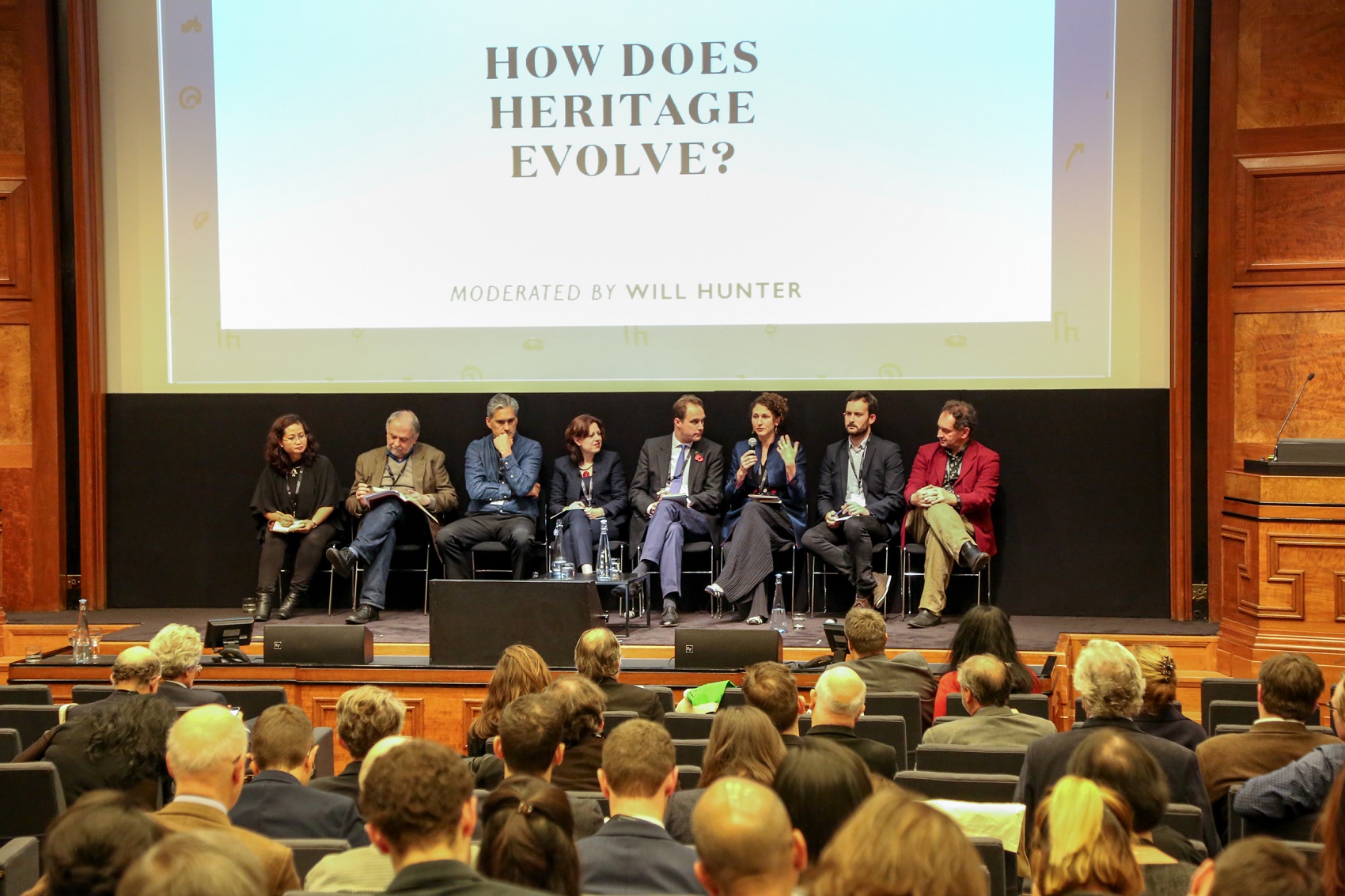
The panel discussion was chaired by Peter Buchanan (London School of Architecture) and featured Shoshana Stewart (Turquoise Mountain) and Nicholas Boys Smith (Create Streets) in addition to session speakers.
DAY TWO – Tuesday 15 November
SHELTER: how can we build better homes?
Call to Action: As shelter, our houses must be flexible, adaptable, and easy to maintain; as homes, our houses should allow us to identify with them.
1. Marianne Heaslip – Terrace 21, Granby Four Streets CLT, URBED
Marianne spoke about her experience developing sustainable homes through community-led programmes, in the aftermath of large-scale regeneration schemes, and the role of low energy retrofit in these initiatives.
2. Dr Orna Rosenfeld – UN Senior Housing Expert
Over 100 million people in the global north have to spend more than 40 percent of their household income on housing, UN-ECE reports. Housing is the least affordable human right, which makes other human rights increasingly unaffordable. Dr Rosenfeld’s talk explored international efforts to make housing policies more responsive to the housing need in the global north.
3. Robert Neuwirth – Journalist, author, investigative reporter
This tour-de-force presentation on informal settlements and the informal economy gave delegates a great deal to think about, challenging perceptions of what makes communities work, and what makes for a strong, healthy economy. He argued for an increase in actions, rather than words, to tackle the significant hardships facing slum dwellers and migrant communities. Another of Robert’s talks can be seen on the TED website.
4. Prof. Richard Economakis – University of Notre Dame School of Architecture
Professor Economakis outlined a vision for the creation of refugee villages in Greece and other countries on the front lines of the unfolding refugee crisis, to serve as processing centres for displaced persons seeking asylum. Refugees would have temporary quarters there, with essential services such as clinics, child care, refectories, clothing dispensaries, laundry service, and vocational schools. Housing units would be constructed of adobe bricks which are affordable and easy to produce, and have zero environmental impact during assembly, and eventual demolition. The villages are designed to be easily re-purposed as affordable housing, or academic and resort communities. The proposal has been shared with officials of the European Union, the United Nations, and the Greek government.
5. Arif Hasan – Karachi Urban Resource Centre, Asian Coalition of Housing Rights
In the past twenty years major urban changes have taken place in Karachi which are similar to those of other South Asian mega cities. These include the nature and scale of migration; social and physical change in informal settlements, and in the planning and location of new middle and high income settlements; an increase in motorised transport; changes in academic and government thinking, structure, and legislation; and the ‘burden’ of past development. Arif Hasan’s presentation touched on these issues, their causes, repercussions, and what they mean for the future.
6. Alan Brouder – Habitat for Humanity
Alan Brouder presented Habitat for Humanity’s newly announced response to the New Urban Agenda. As an organisation that was created alongside Habitat I in 1976, Habitat for Humanity has vast amounts of experience in helping to tackle shelter-related crises in countries around the world.
RIBA President Jane Duncan chaired the closing panel discussion with speakers and delegates, also featuring Dr Harriet Harriss (RCA) and Prof. Michael Lykoudis (Dean, University of Notre Dame School of Architecture).
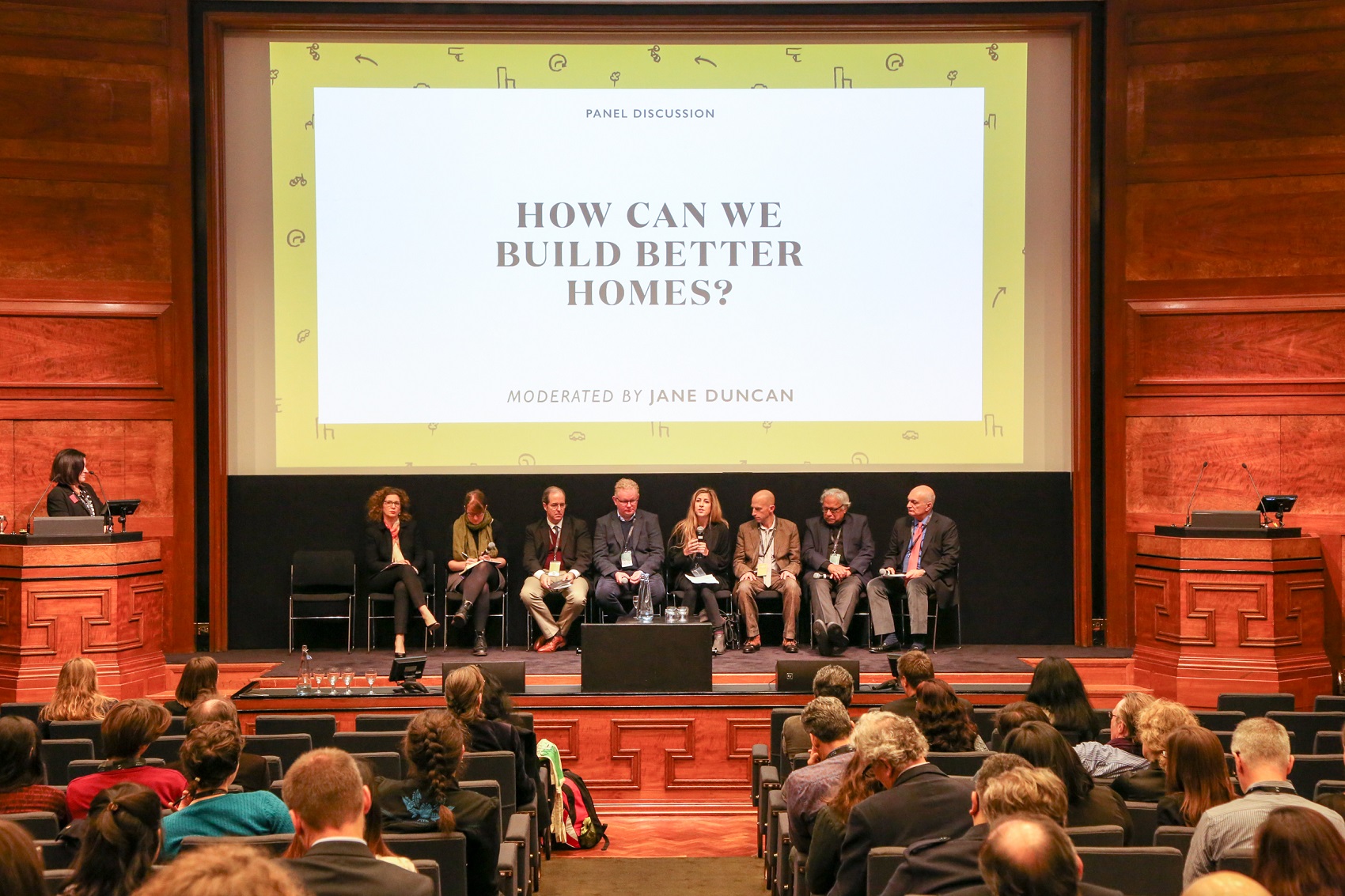
A CALL TO ACTION FOR TOMORROW’S CITIES
RAPID URBANISATION: how can our cities grow sustainably?
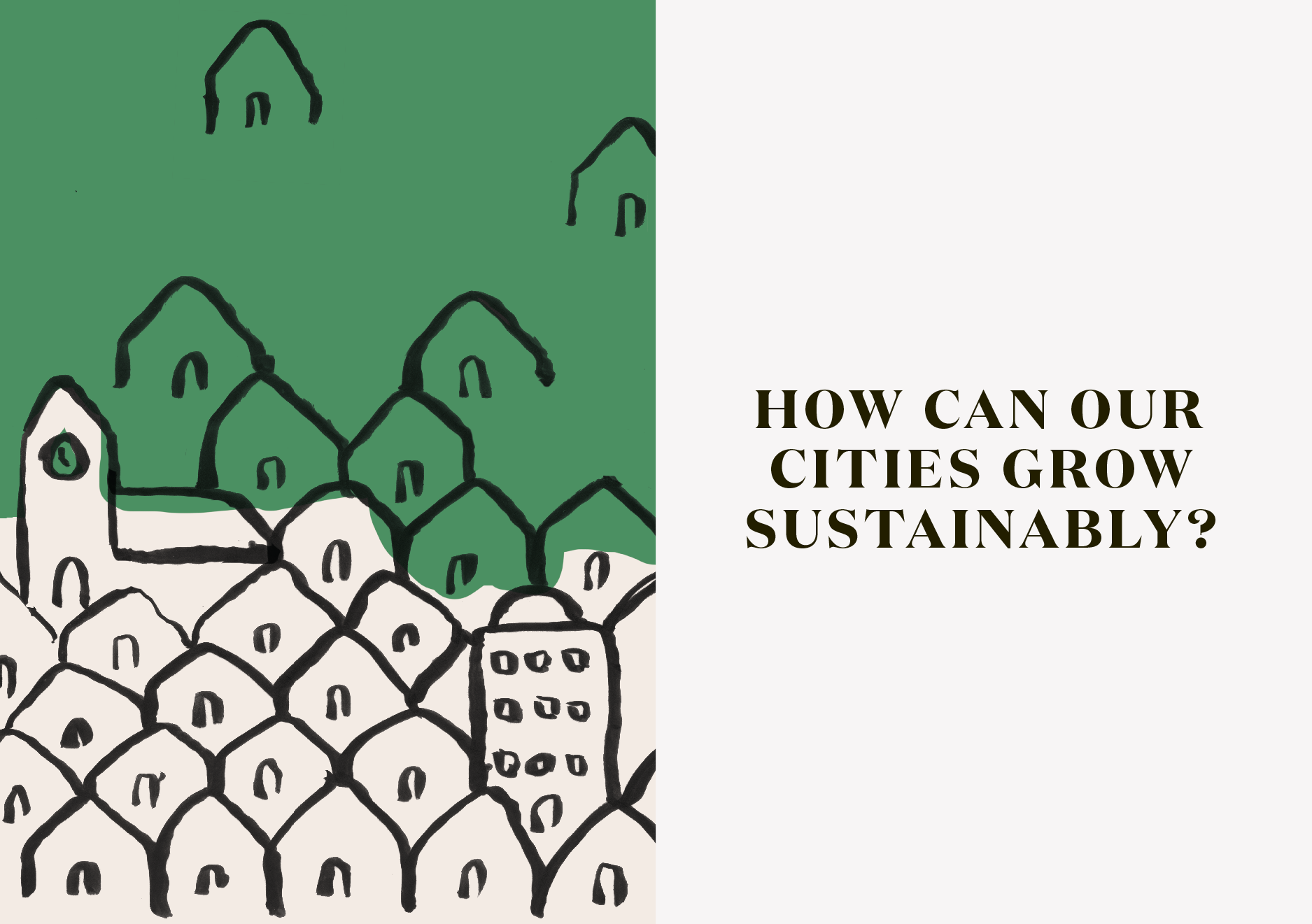
We need a collective response to rapid urbanisation that learns from time-tested built forms and local contexts.
Cities are growing at an unprecedented rate, with 55% of the world’s population now living in urban environments. Countries throughout the world face similar challenges and opportunities as their cities undergo rapid expansion to accommodate mass rural to urban migration.
Globally, associations, charities, public and private organisations are working on strategies for rapid urbanisation. In October 2016, the United Nations Conference on Housing and Sustainable Urban Development (Habitat III) took place in Quito, Ecuador, to adopt a ‘New Urban Agenda’ and discuss progress towards 2030 Sustainable Development Goals. This Agenda seeks to implement the following: flexible urban plans for mixed, connected, and compact cities; the promotion of local self-governance via enforceable and transparent urban rules; and a more innovative and effective financial plan for affordability and sharing of urban value. With a midway review of progress a decade away and a potential Habitat IV unlikely before 2036, it is imperative that momentum on and dissemination of the agenda continues at local and international levels.
People move to cities in search of a better, more prosperous life. This trend, now increasing in speed and impact, has shown no sign of reversing since the industrial revolutions of the modern age. The economically optimistic reasons for which it is taking place should encourage us to understand rapid urbanisation as a positive force for individual and collective progress. But governments, planners, architects, and builders must work together to develop the appropriate and rapid response to rapid urbanisation that readily adapts to local contexts.
While the impact of informal settlements is often seen negatively, there is much that is positive in these communities and places. We can build on an understanding of how these places function and how they relate to traditional urban forms, as expressed in cities around the world, which are high-density, walkable, and based upon the use of locally available materials. An examination of local, traditional, small-scale and sustainable methods of building can bring forward low-cost, self-help forms of construction appropriate for new urban areas and should be part of national and international efforts to develop a collective response to rapid urbanisation.
SHIFTING IDENTITIES: how does heritage evolve?
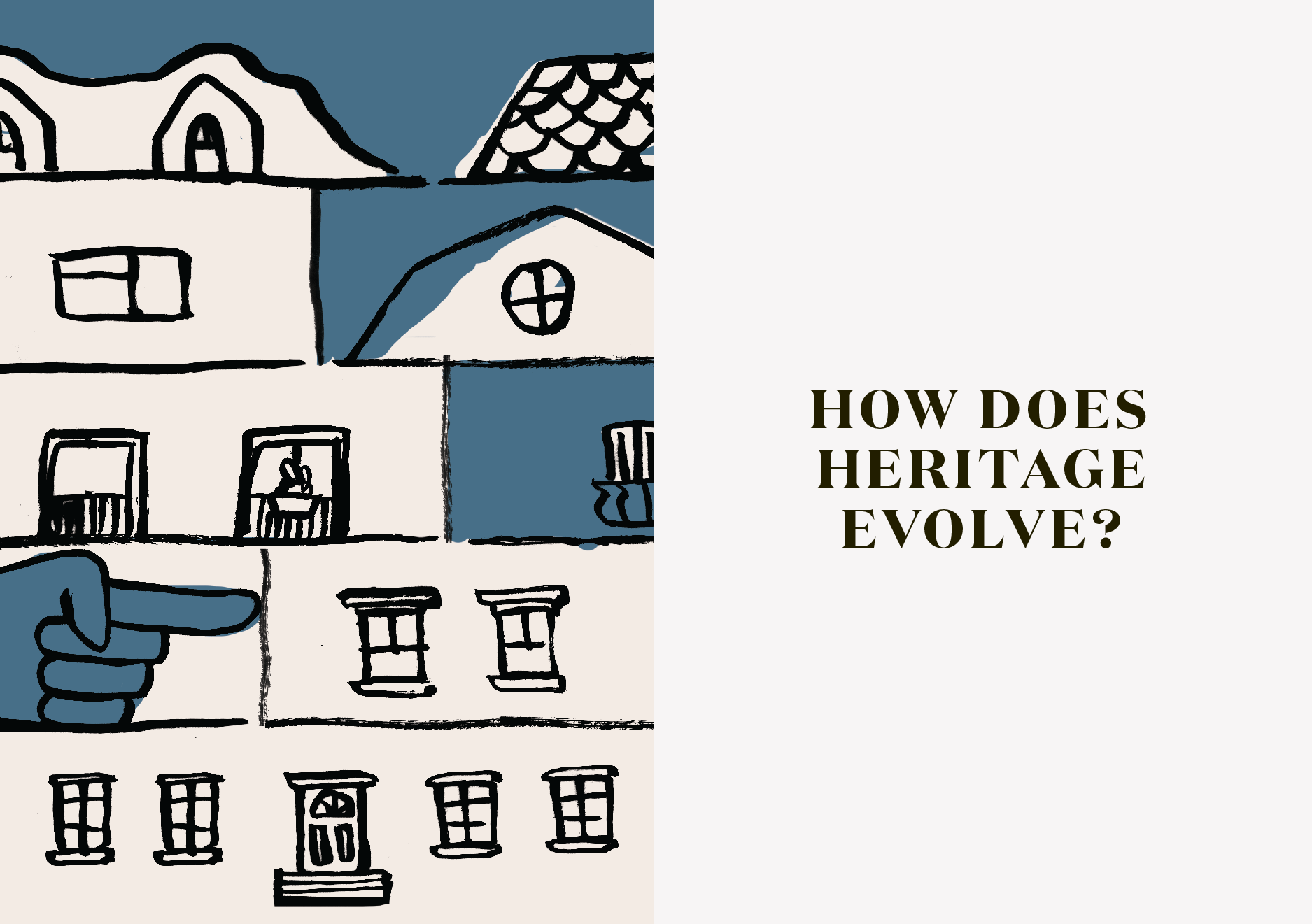
Our cities must promote space for their heritage, which can in turn act as an anchor for the formation of new communities.
Heritage is deeply linked to the concept of identity, providing a shared way for people to identify with the world around them, the past that has led to the present, and the future that may unfold. Heritage buildings exhibit a set of features that guarantee a particular place’s distinctiveness and continuity in time, and are endowed with meaning through their use by successive generations.
Through consultation with its members for ‘The State of Global Heritage 2016’ report, the International National Trusts Organisation has discovered that the greatest threat to heritage globally is “apathy on behalf of both governments and people”, ahead of poor planning, climate change, war and conflict, and insufficient funding. According to Dr June Taboroff of the World Bank, UNESCO, and UNDP, the long-term sustainability of cultural heritage depends on ensuring its use and developing local support: “without heritage being valued and protected, it will become irrelevant and disappear”. Our significant buildings can be vessels for infinite uses, and can also be drivers of economic growth. One need not look further than London’s Brick Lane: a 17th century Huguenot church becomes a synagogue; a synagogue becomes a mosque; silk weavers’ terraced houses become curry houses with a multimillion-pound annual turnover.
For a global city like London, it is anticipated that by 2031 more than half the population will have been born abroad. In London and around the world, questions of what heritage is, and of whose it is, are increasingly relevant. How can cities visually retain their identity, while also embracing the opportunity and optimism that come with demographic change? Transitions and transferrals of collective identity have been taking place in cities for centuries. A greater awareness of how built heritage can provide a rooted, dynamic background to these processes will help to counteract the threat of apathy and the risk of irrelevance. Governments and policy-makers must listen to sociologists, urban heritage experts, and the communities with which they work to advance our understanding of how identities shift as heritage evolves in urban contexts.
The rapid displacement of people into urban areas gives an urgency to the establishment of place identity. Local, regional, and national traditions provide the opportunity for communities to retain their individuality with the advance of globalisation. Connection to heritage allows us to recognise the lessons of history, enrich our lives, and offer our inheritance to the future. A knowledge of diverse building styles provides an understanding of how communities identify with places, and can help decipher the process of transferring tradition from one place to another. Heritage is also an active process: treasured new places soon become heritage, and an understanding of how traditions change and adapt is important to provide an anchor to the formation of communities. If a place communicates what and where it is, it will be easier for those moving to it to contribute to the enrichment of its collective identity.
SHELTER: how can we build better homes?
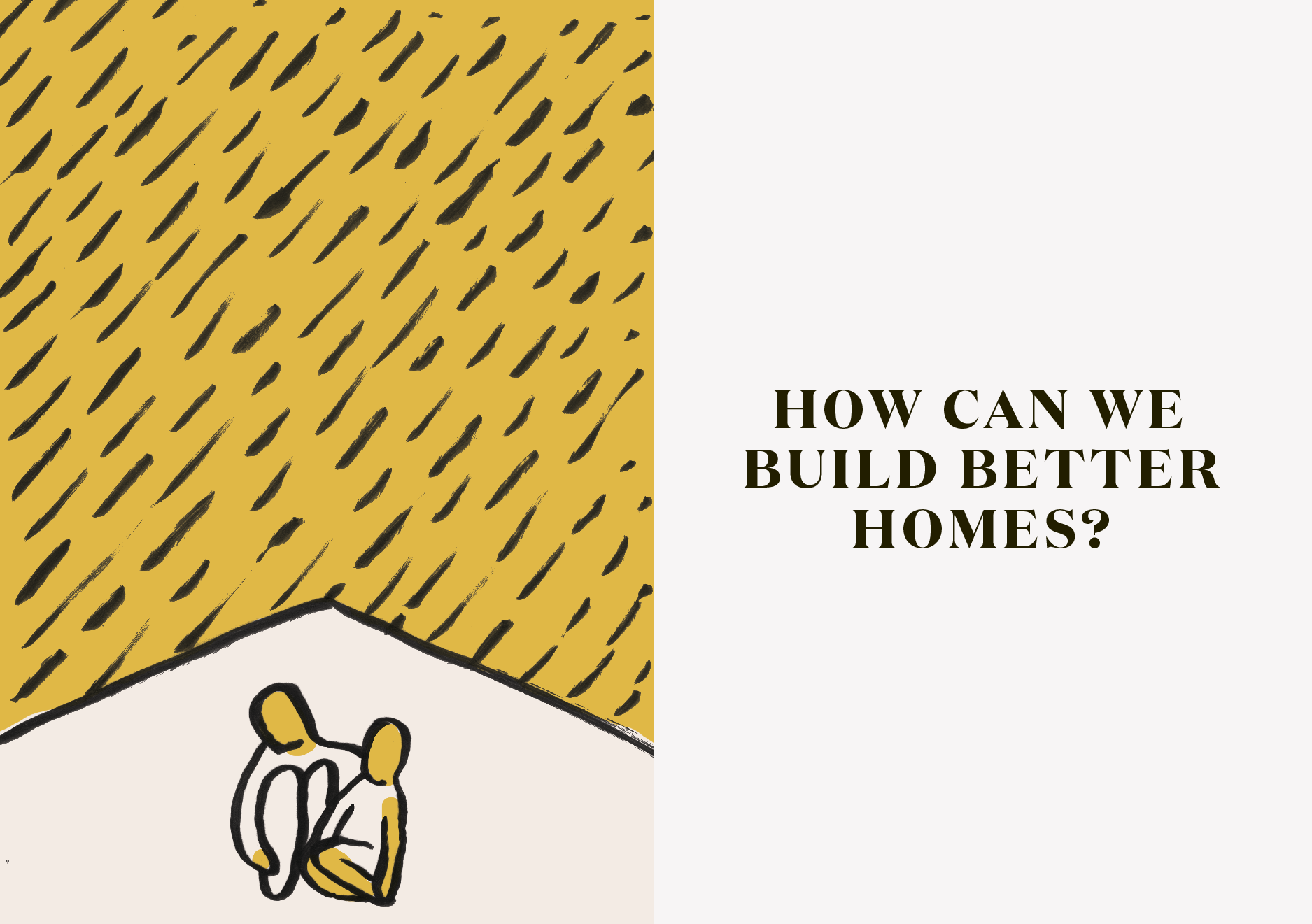
As shelter, our houses must be flexible, adaptable, and easy to maintain; as homes, our houses should allow us to identify with them.
The most fundamental purpose of architecture is to protect us from the elements. The nature of these elements varies from place to place, incorporating everything from geography and climate, to political and economic contexts. The very human need for shelter can be considered alongside the equally human need for a home: a place that gives a unique sense of belonging.
How shelters – and homes – are defined must adapt to meet the evolving requirements of people living in changing landscapes which demand everything from temporary dwellings, to the ‘formalisation’ of informal settlements, to adaptive reuse, mixed use, and more responsive government policies.
The right to adequate housing has been enshrined since the 1948 United Nations Universal Declaration of Human Rights, which declares “the right of every woman, man, youth, and child to gain and sustain a safe and secure home and community in which to live in peace and dignity”. From the midst of a global shelter-related crisis, it is clear that we still have some way to go to secure this right. United Nations figures indicate that an additional three billion people will need access to housing by 2030, that 30% of the world’s urban population live in slums, and that over 50 million people are currently forcibly displaced worldwide.
It will not be possible to develop one generalised, high-level solution to these very significant challenges. We urgently need local ideas, proposals, and models of how we can create, provide, and build better homes that effectively and sustainably respond to the humanitarian consequences of rapid urbanisation.
Traditional buildings are a response to local climate and the availability of local and natural materials. They are often simple to construct at a low cost, with local skills and limited labour, and are easy to maintain. Traditional buildings also enhance our quality of life and research suggests that inhabitants identify more easily with dwellings that continue to develop established forms, increasing the sense of belonging and inclusion necessary to feeling ‘at home’.
FURTHER READING
Robert Adam, The Globalisation of Modern Architecture and Heritage & Culture
Larry Barrow, The Global Housing Crisis
Jared Green, Designed for the Future: 80 Practical Ideas for a Sustainable World
Cliff Hague and Paul Jenkins, eds., Place Identity, Participation and Planning
Harriet Harriss, Radical Pedagogies: Architecture & The British Tradition
Leo Hollis, Cities Are Good for You: The Genius of the Metropolis
Jonathan Horning, Simple Shelters
INTBAU India, New Architecture & Urbanism: The Development of Indian Traditions
International National Trusts Organisation, ‘The State of Global Heritage 2016’
Léon Krier, The Architectural Tuning of Settlements
Rachel Lichtenstein, On Brick Lane
Mike Lydon and Anthony Garcia, Tactical Urbanism: Short-Term Action for Long-Term Change
Robert Neuwirth, Shadow Cities: A Billion Squatters and Stealth of Nations: The Global Rise of the Informal Economy
Fiona Reynolds, The Fight for Beauty
Joseph Rykwert, The Seduction of Place: The City in the 21st Century
Photos from the INTBAU World Congress